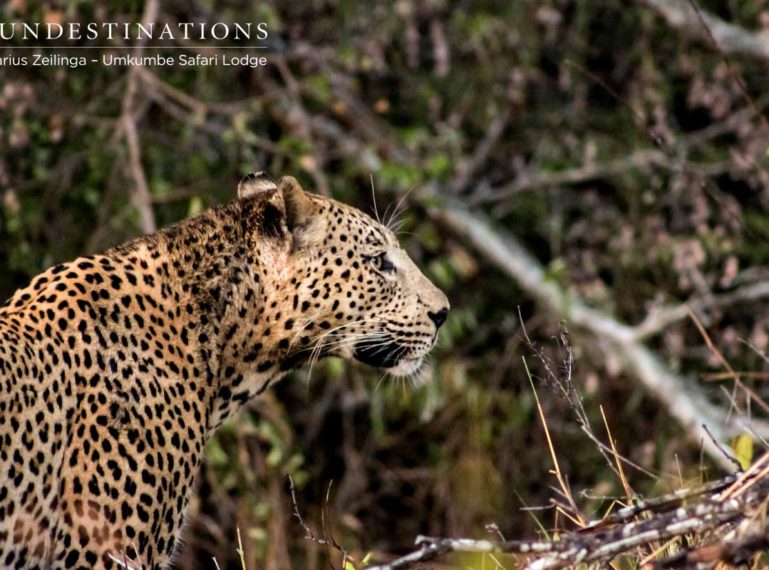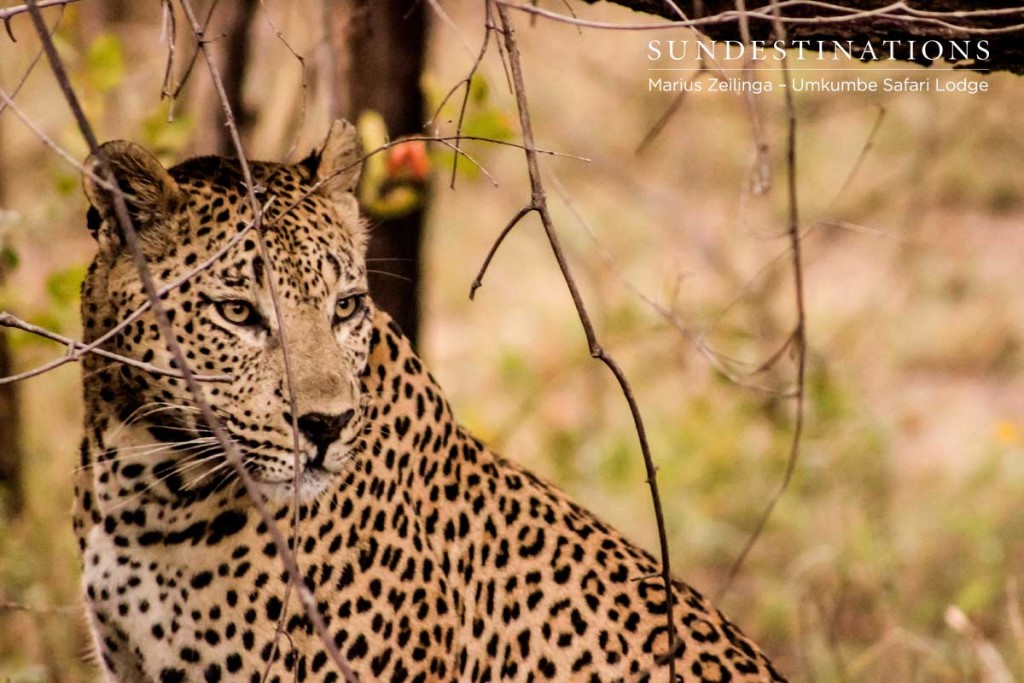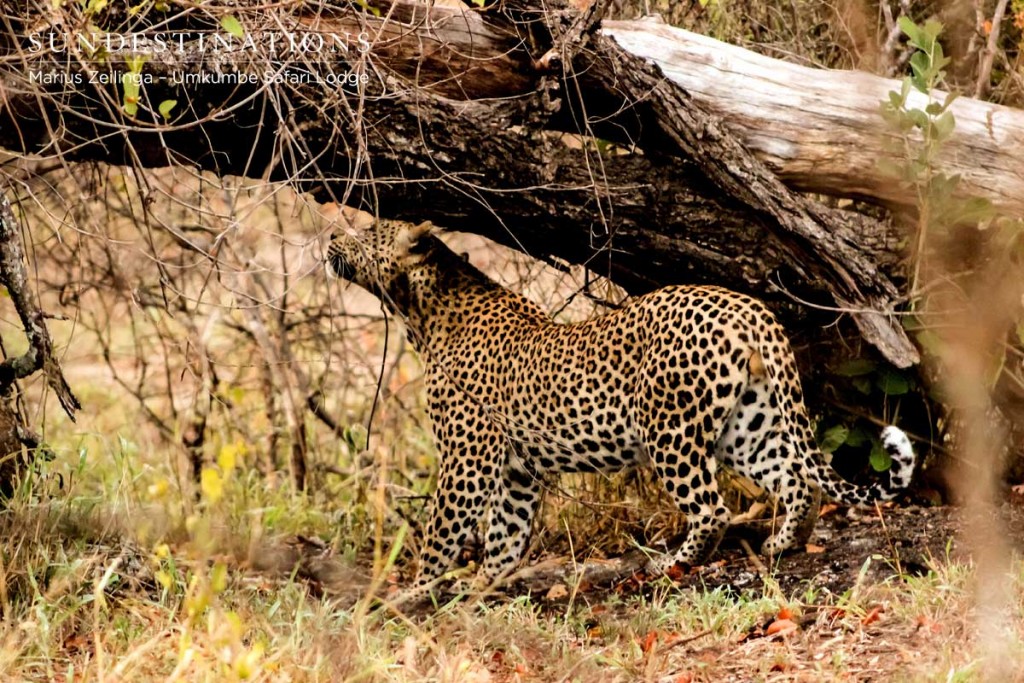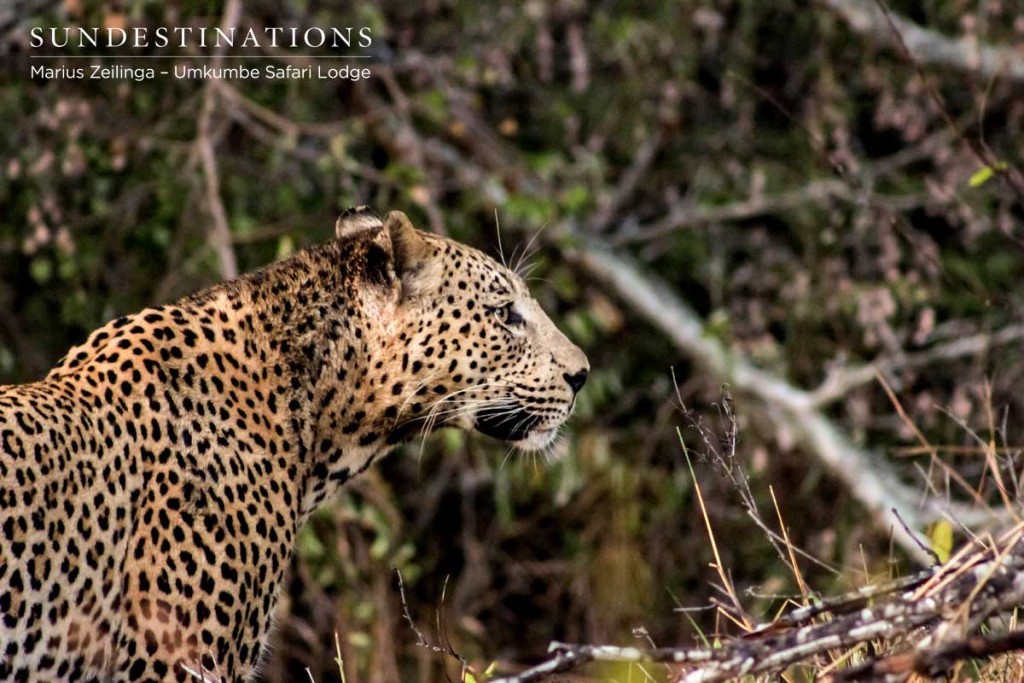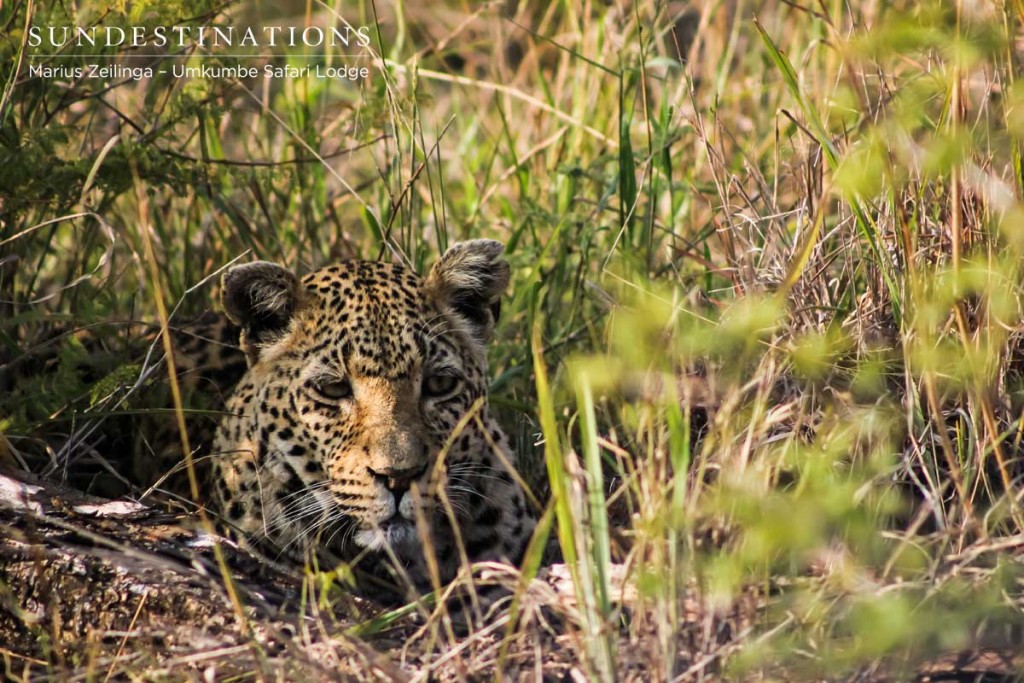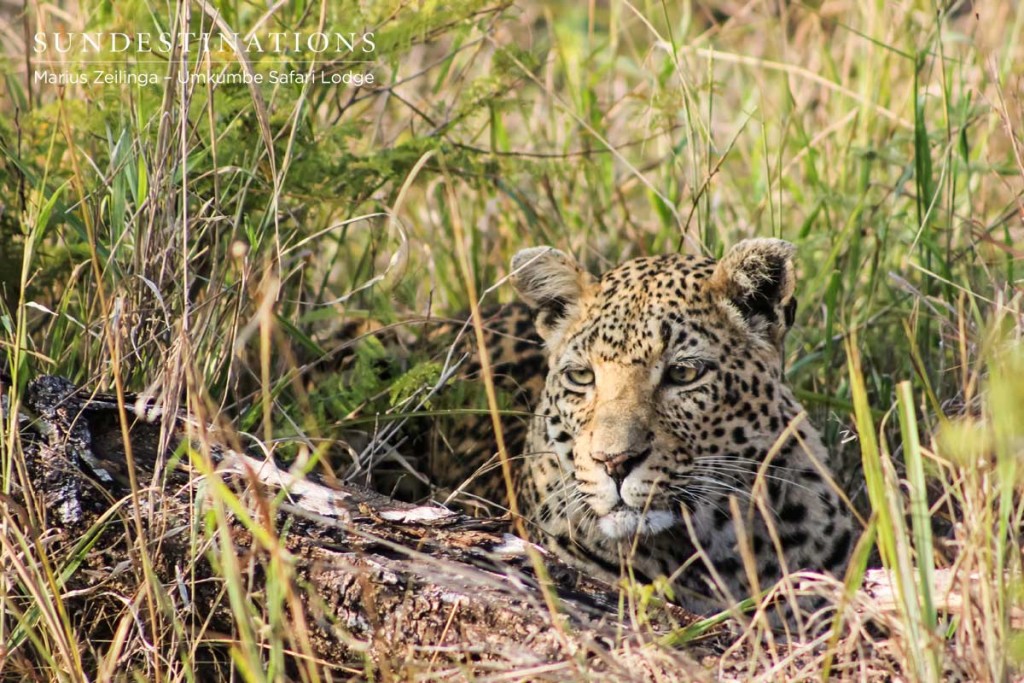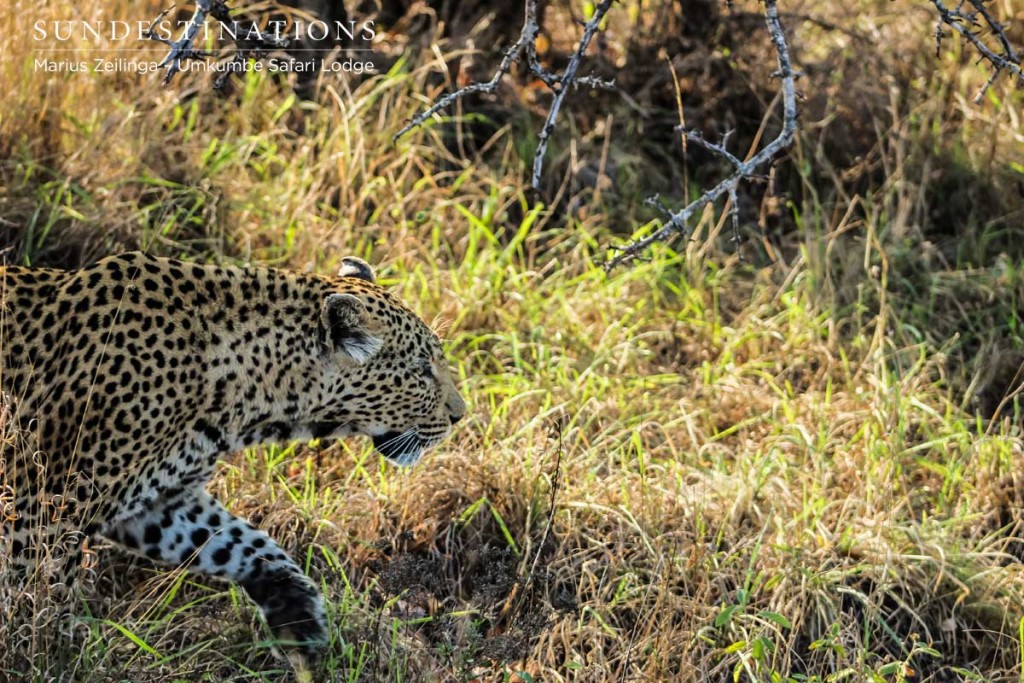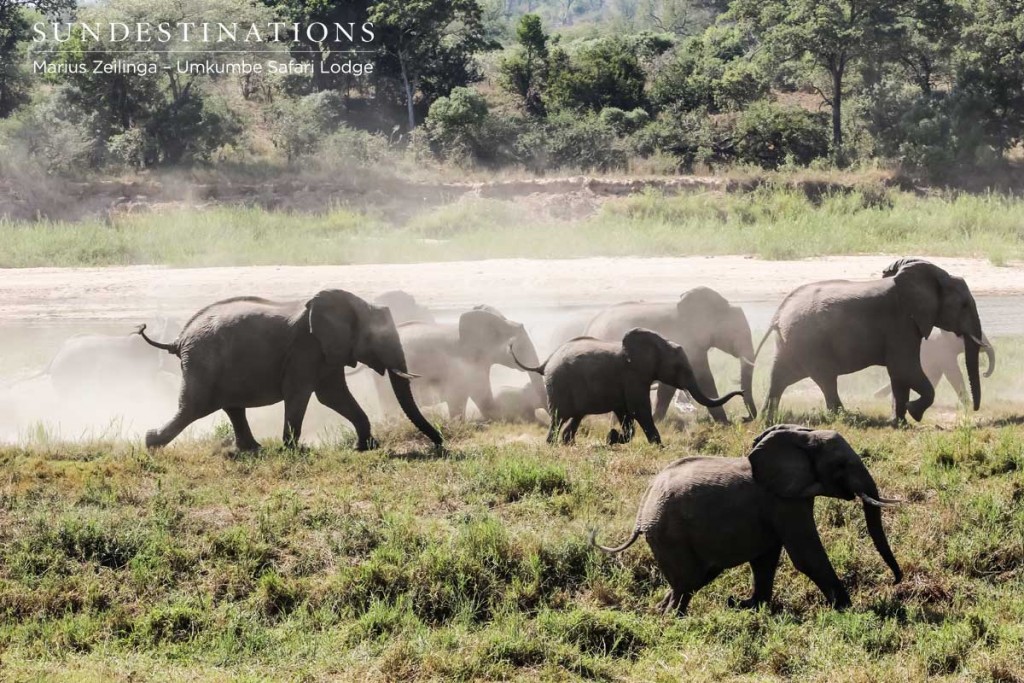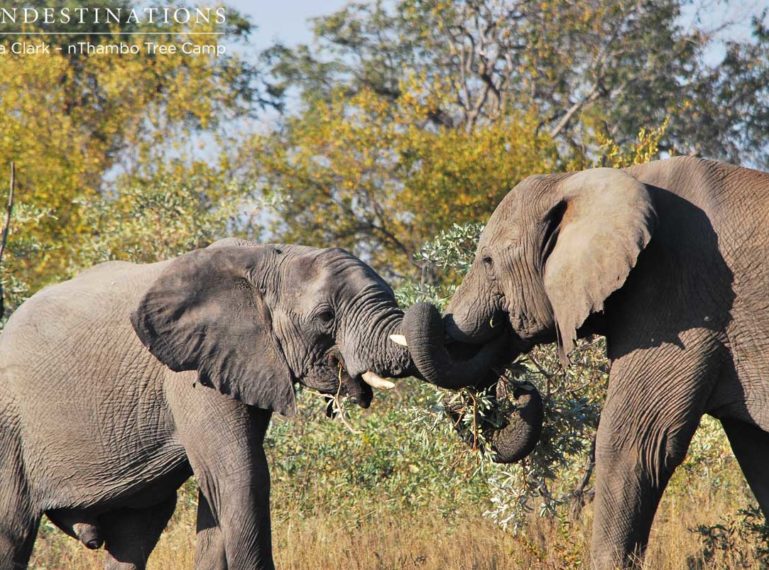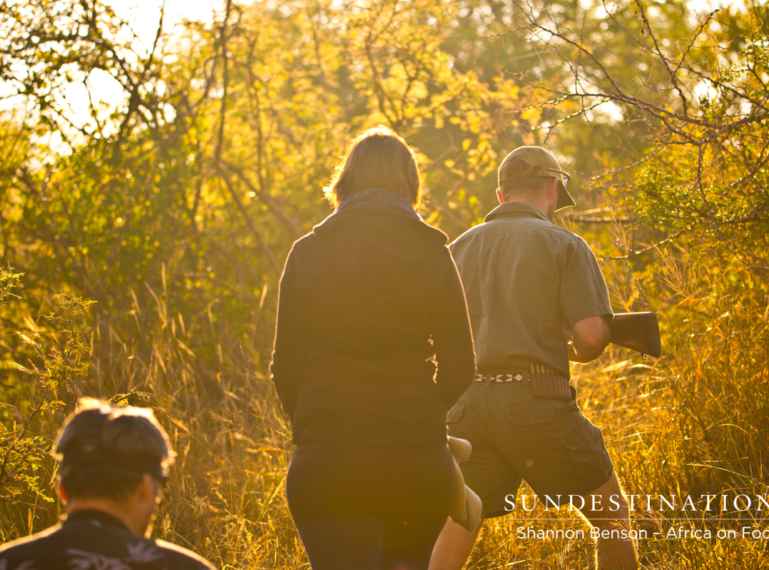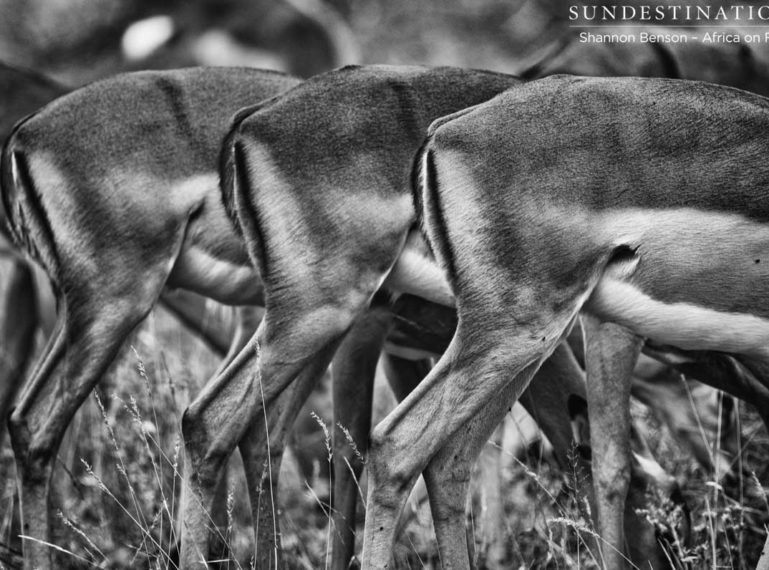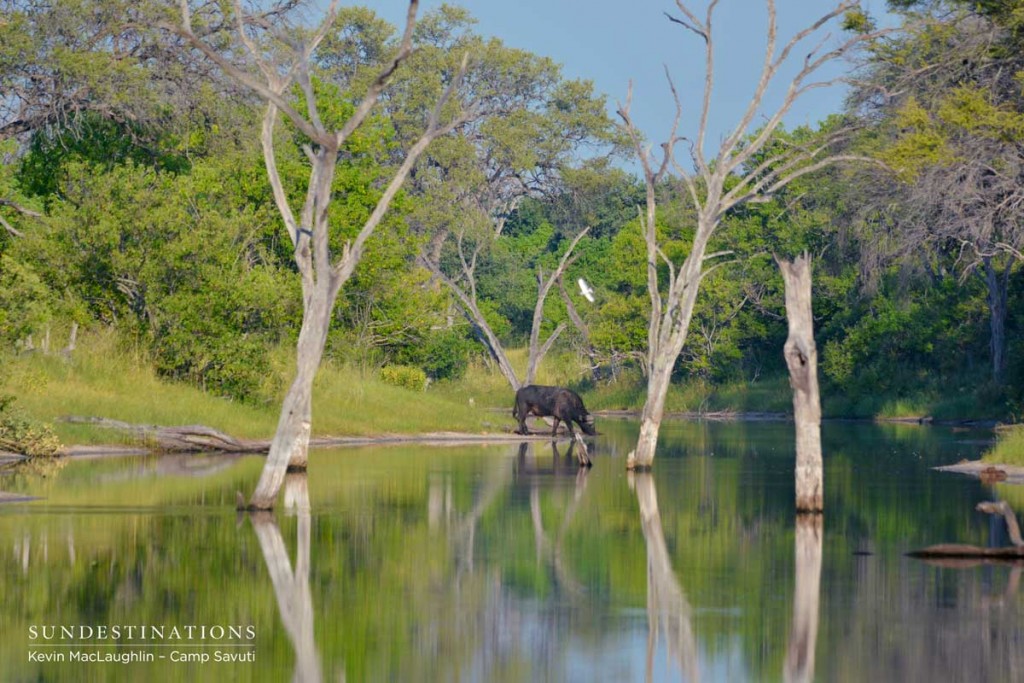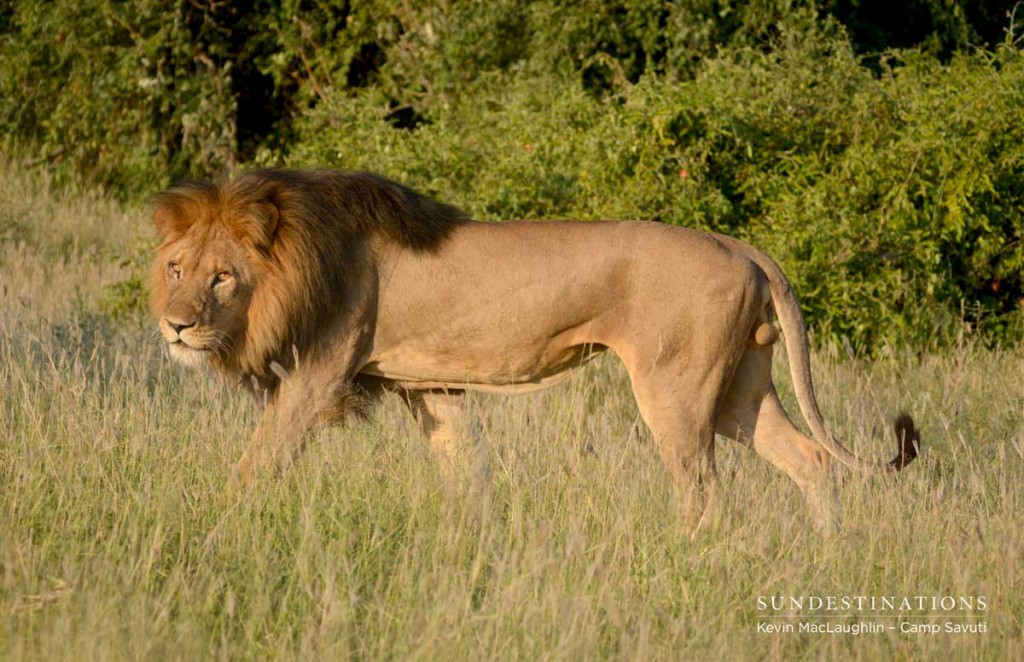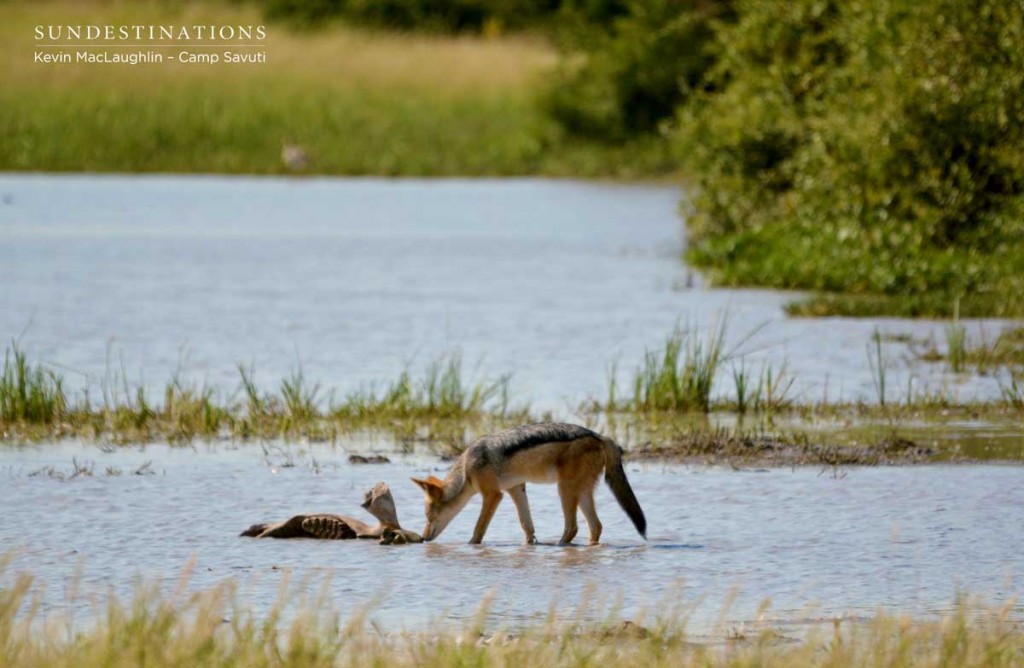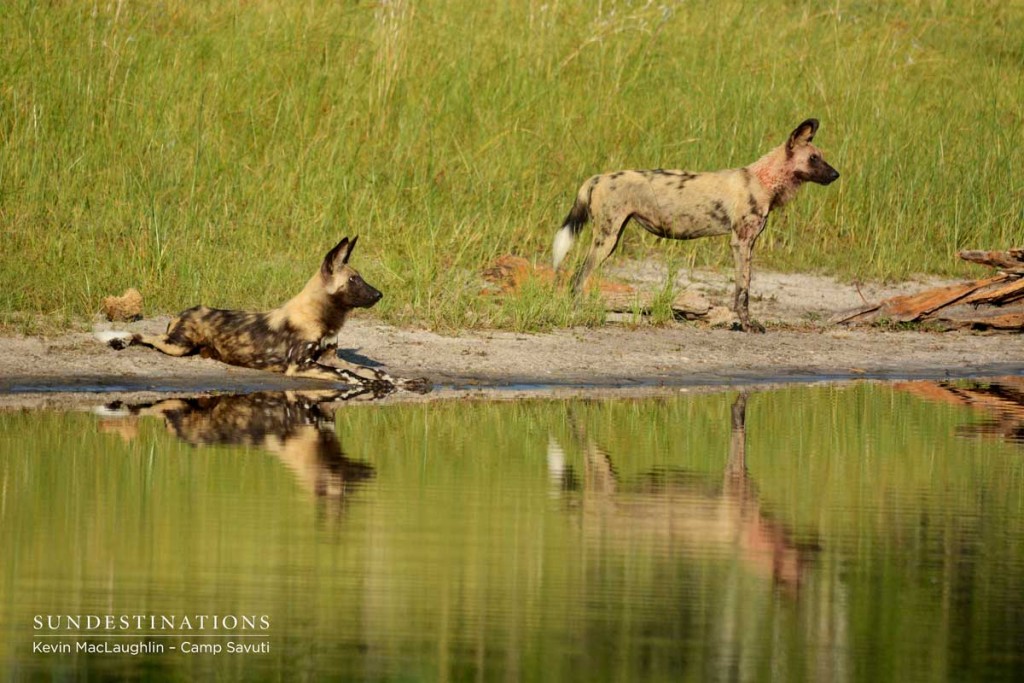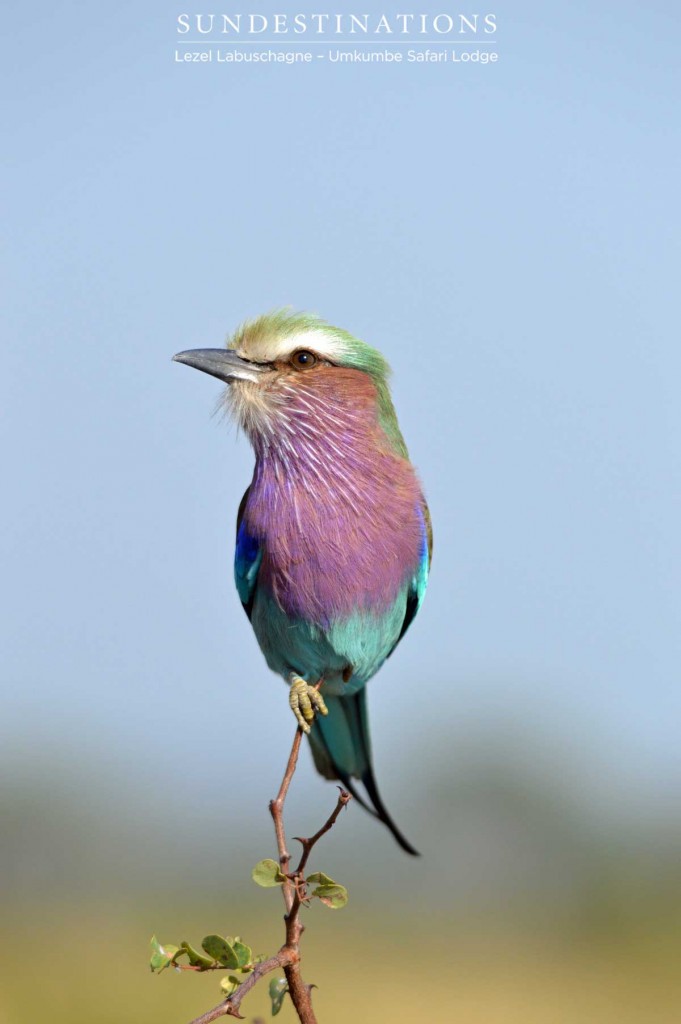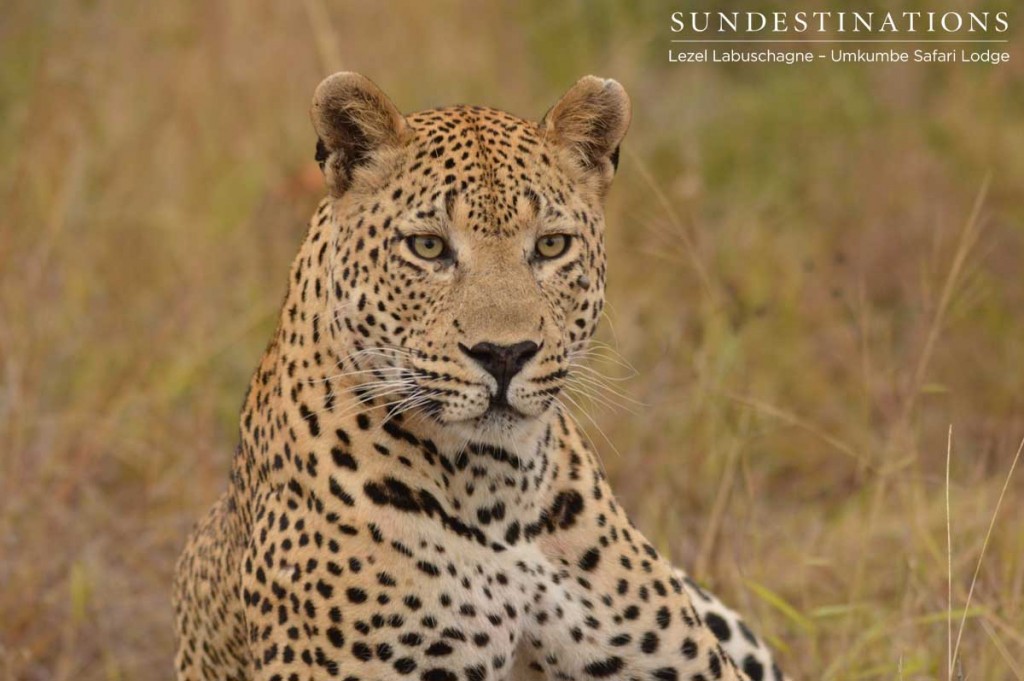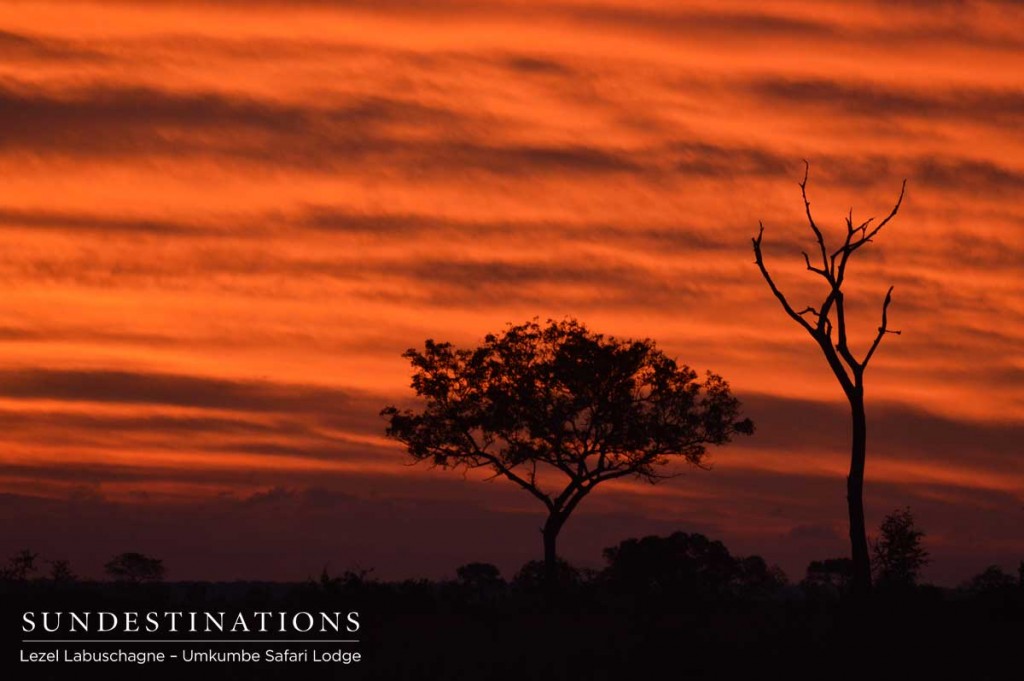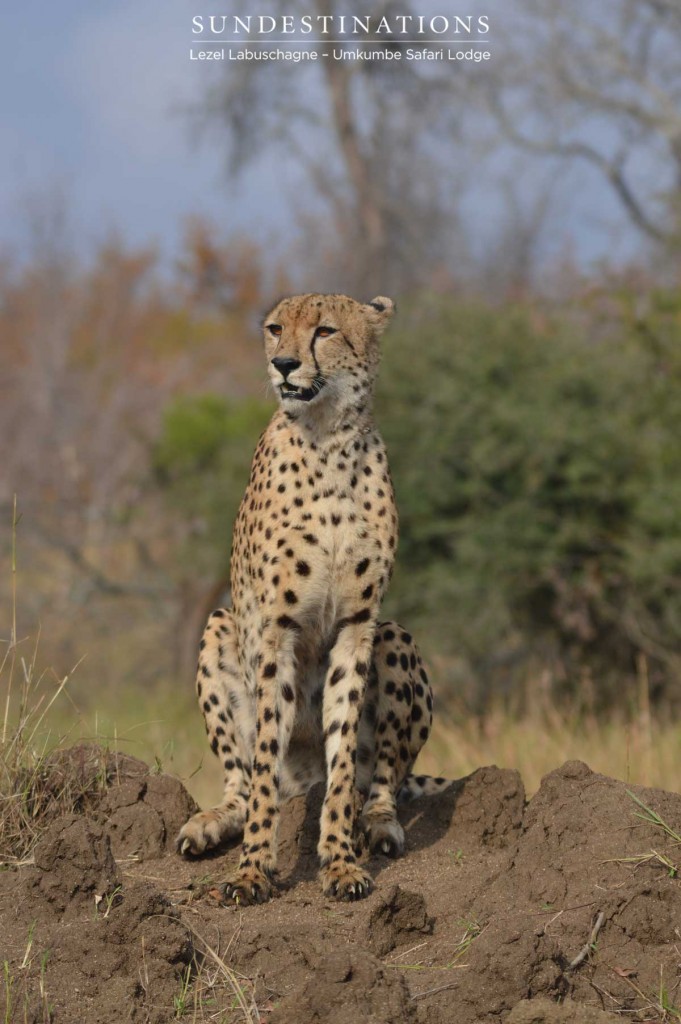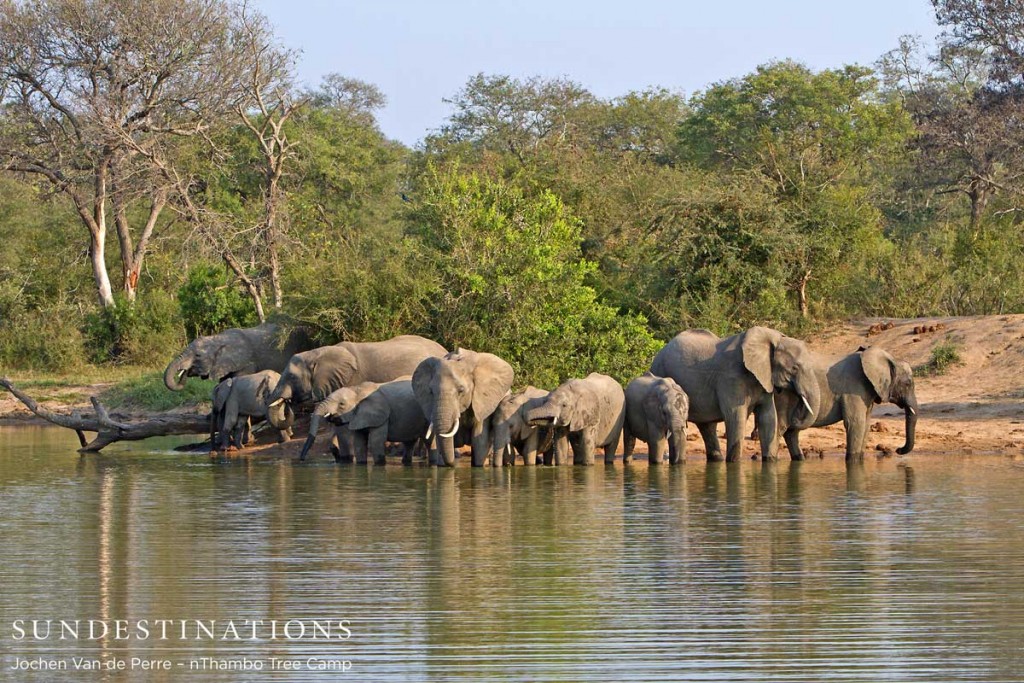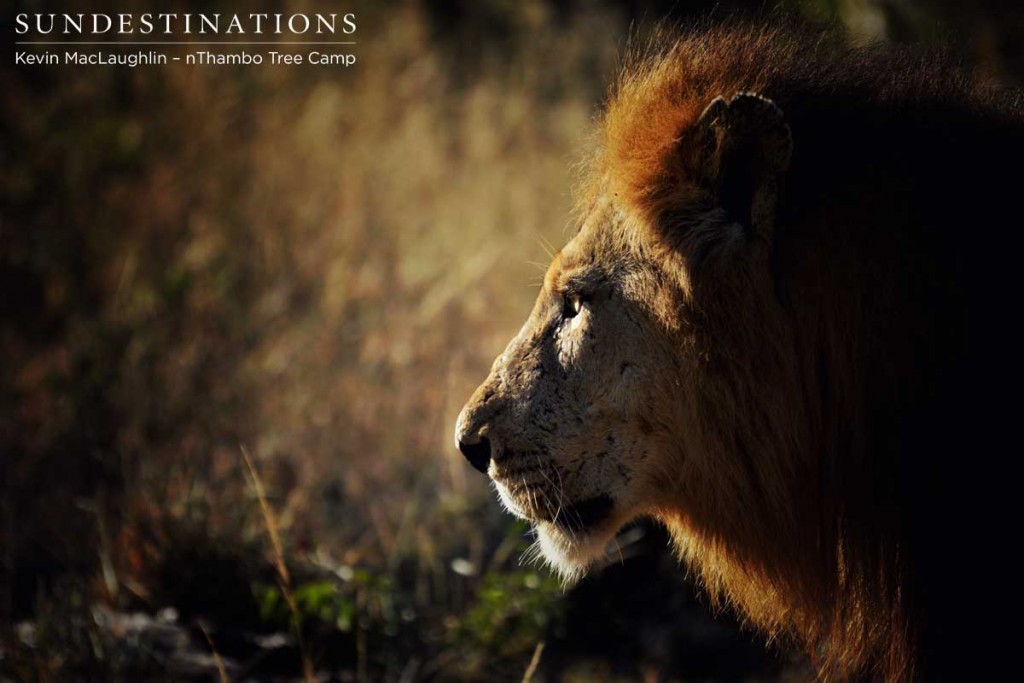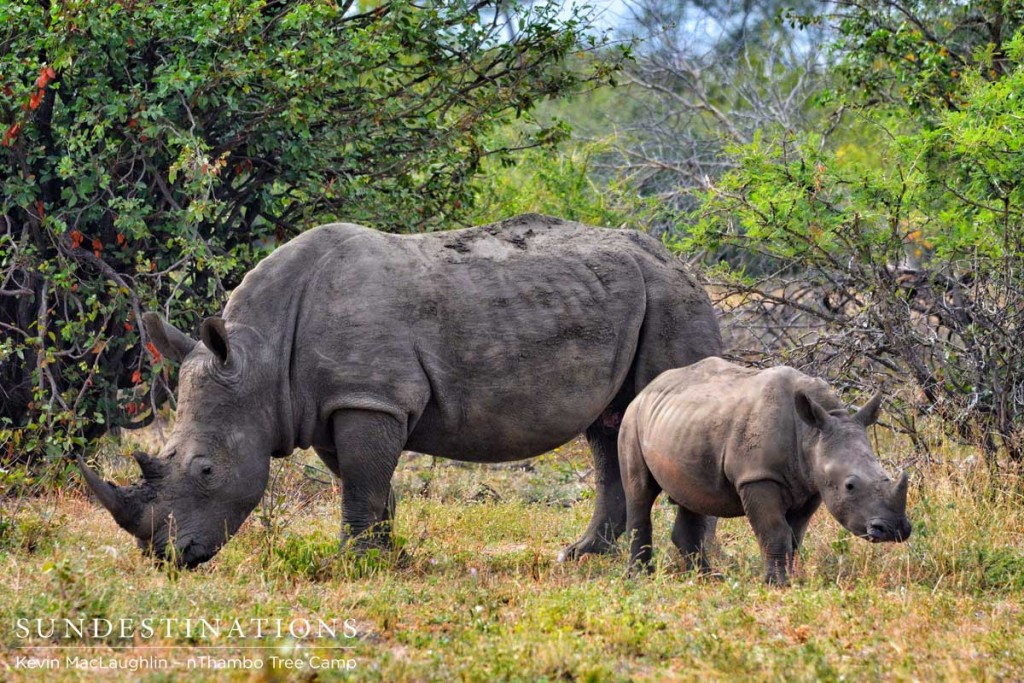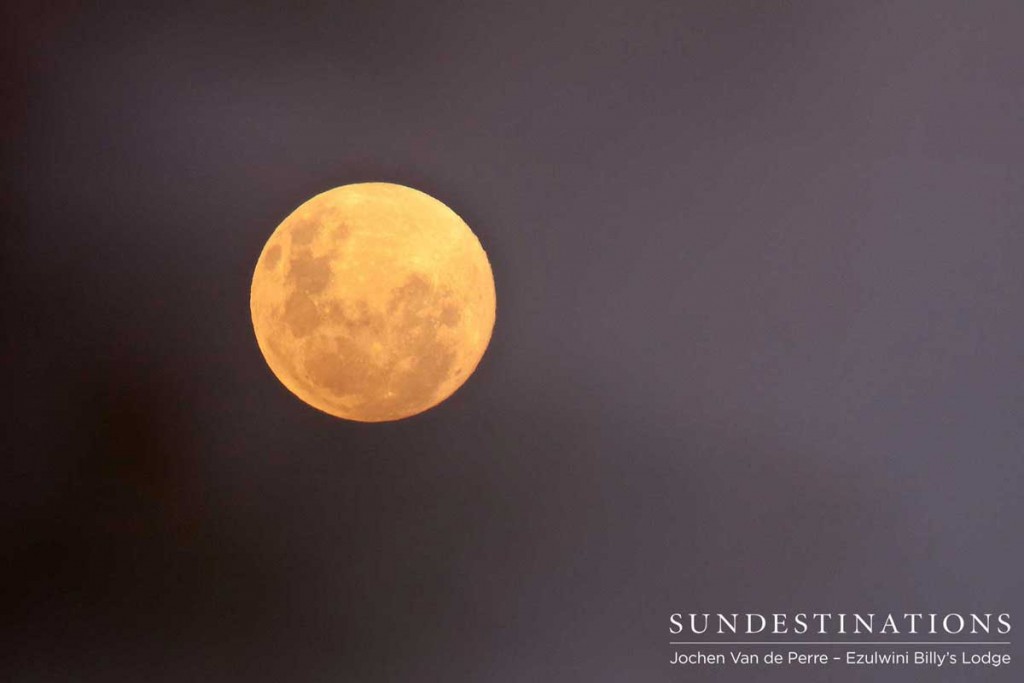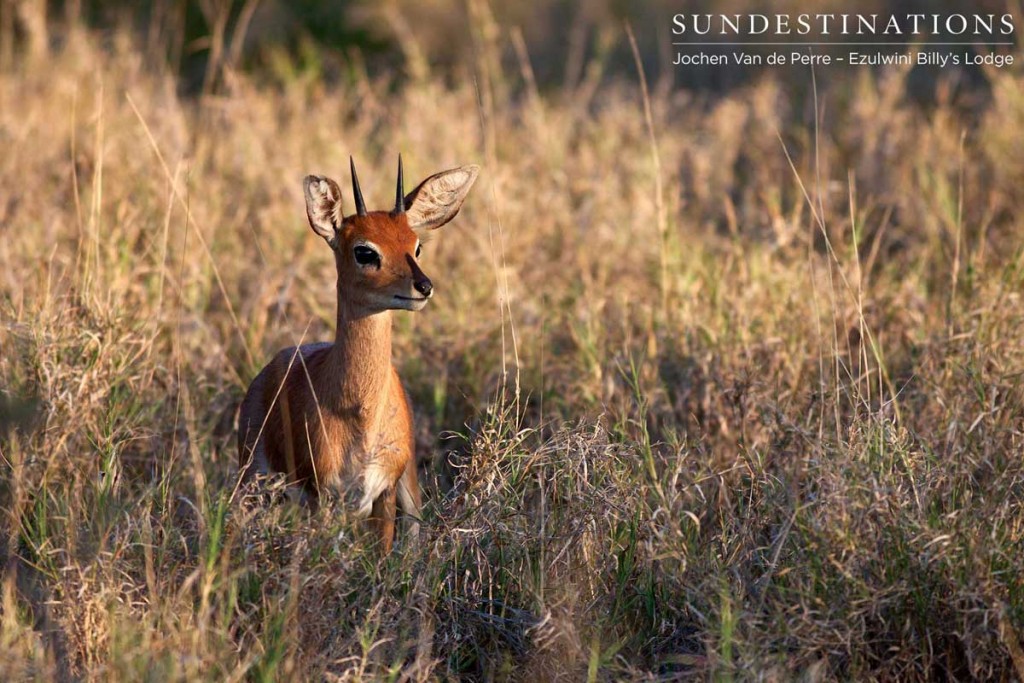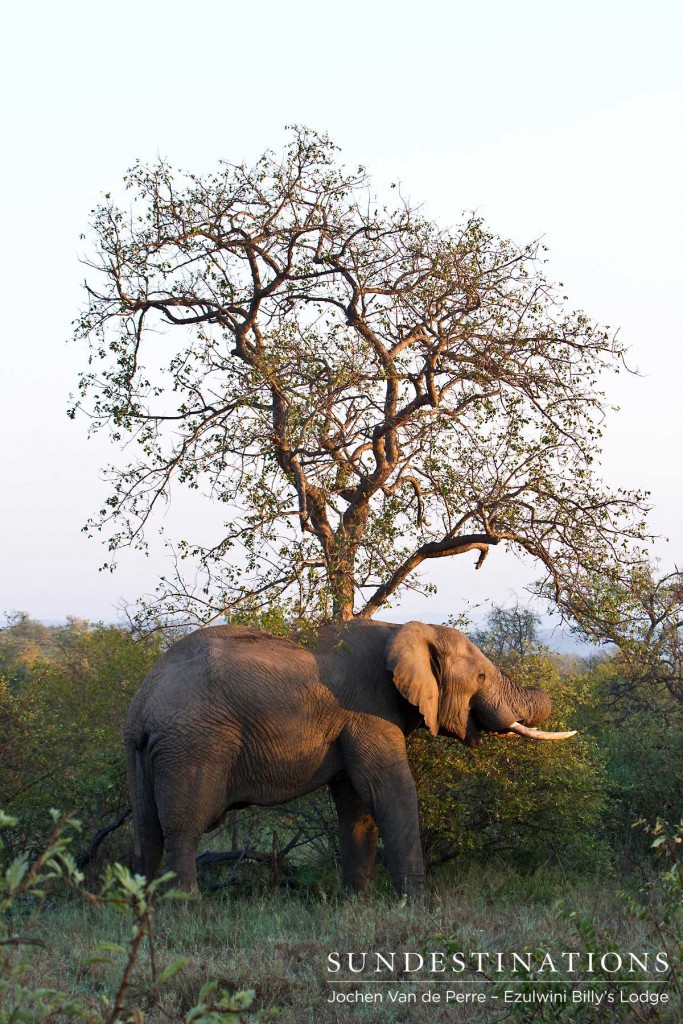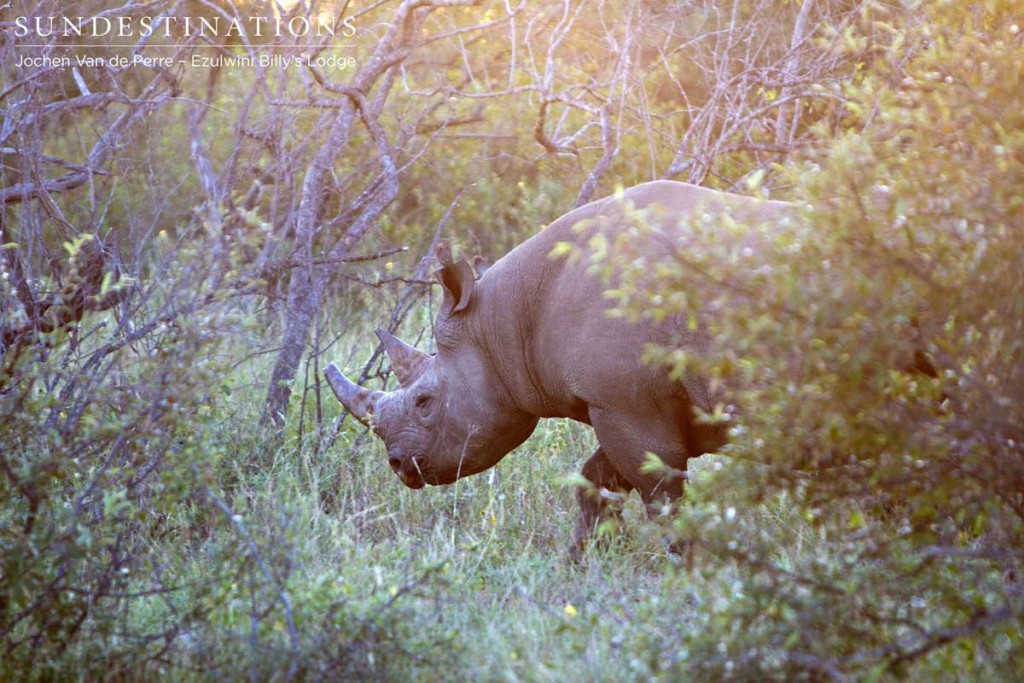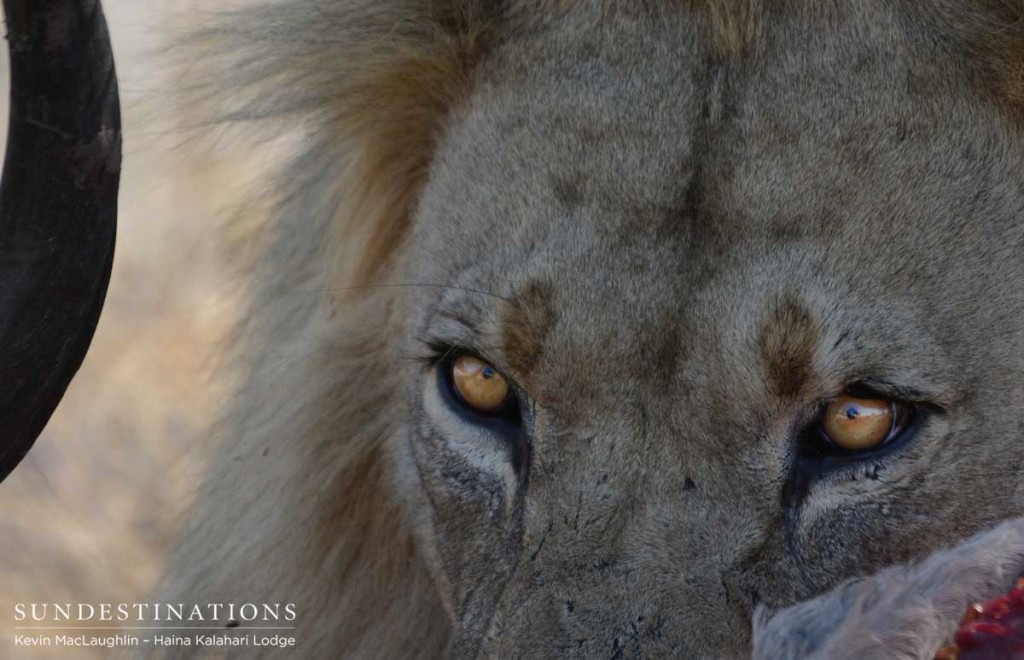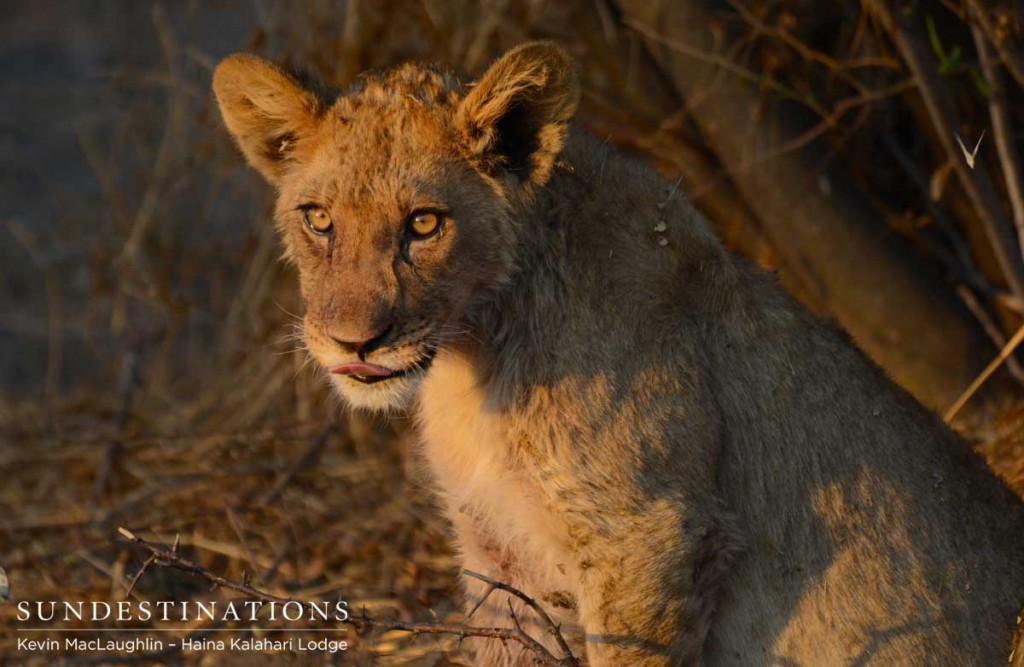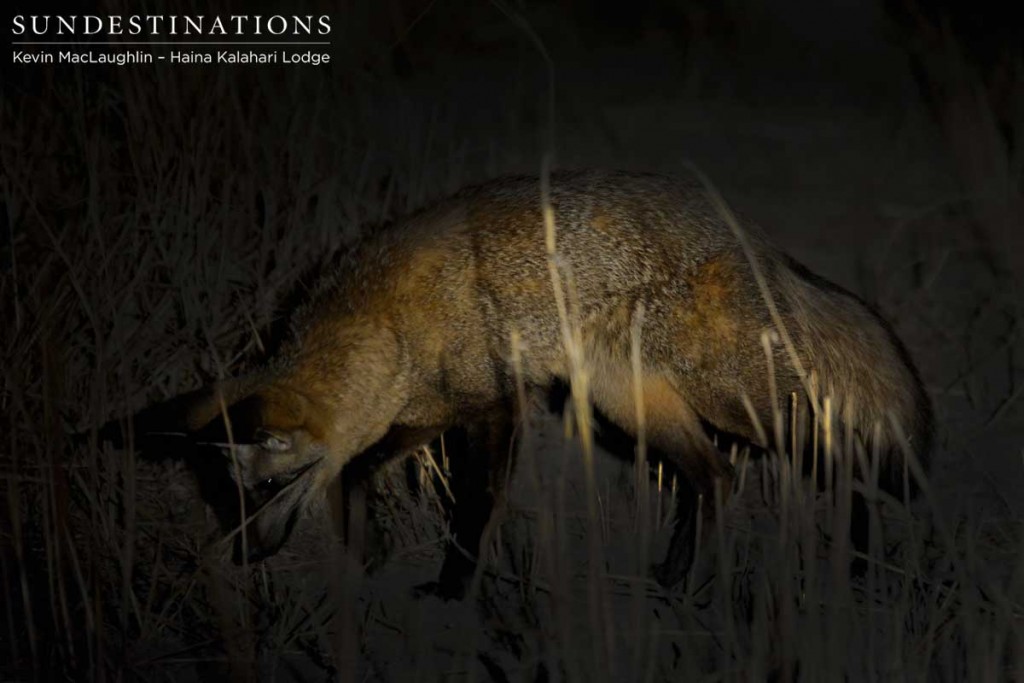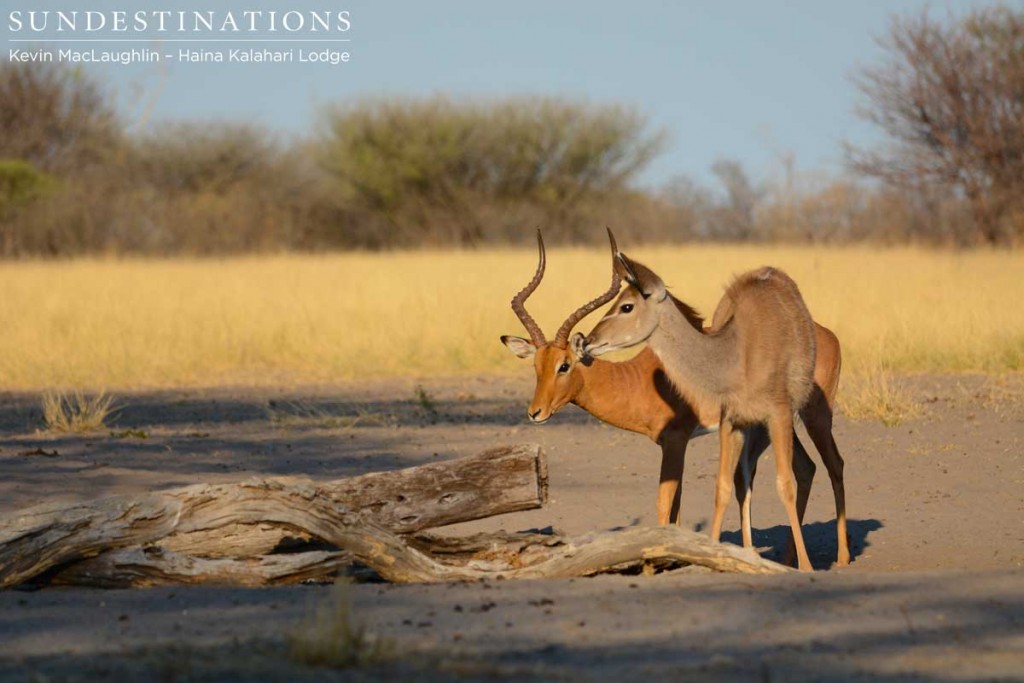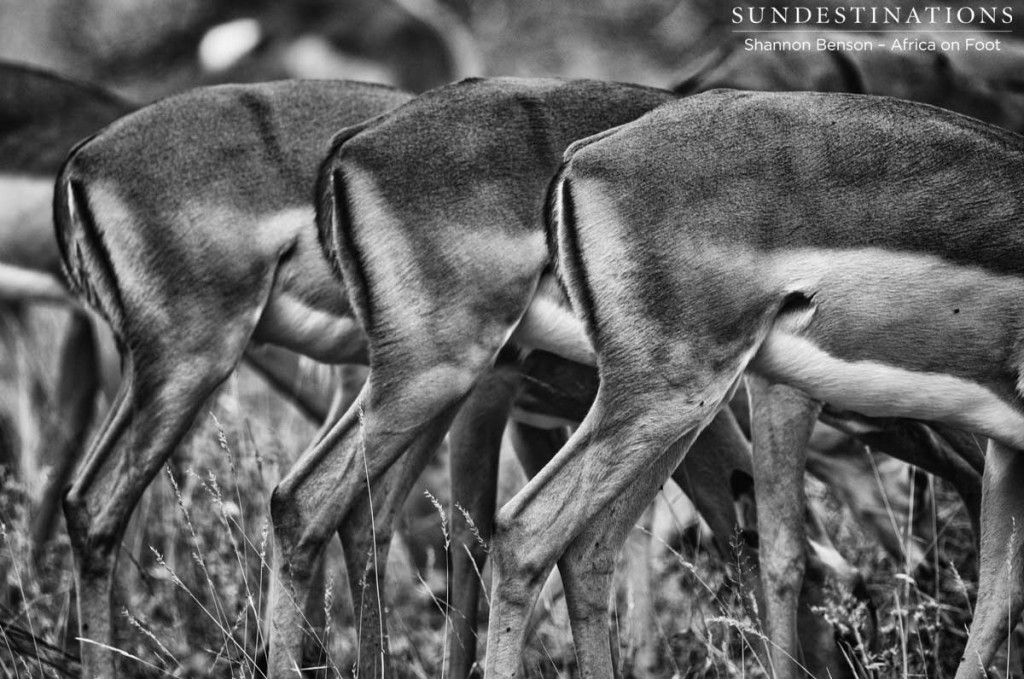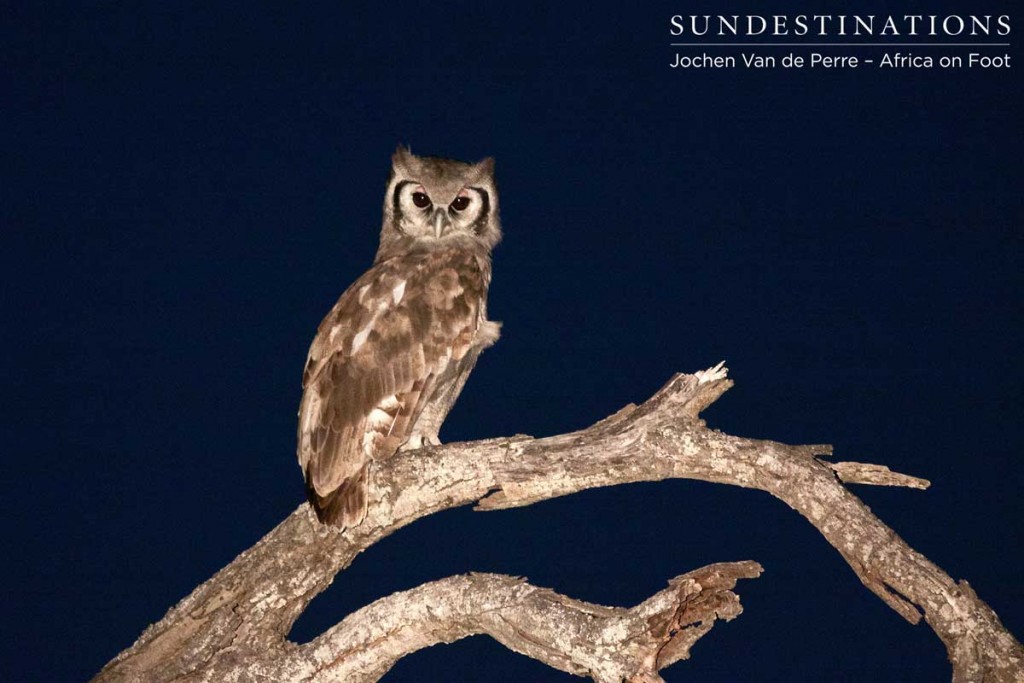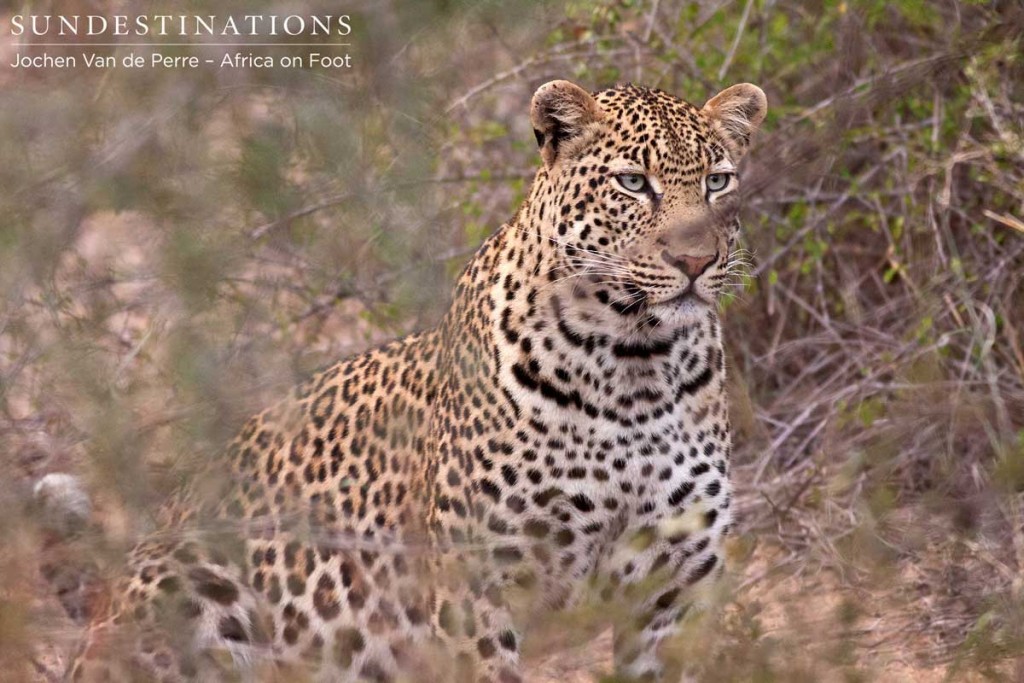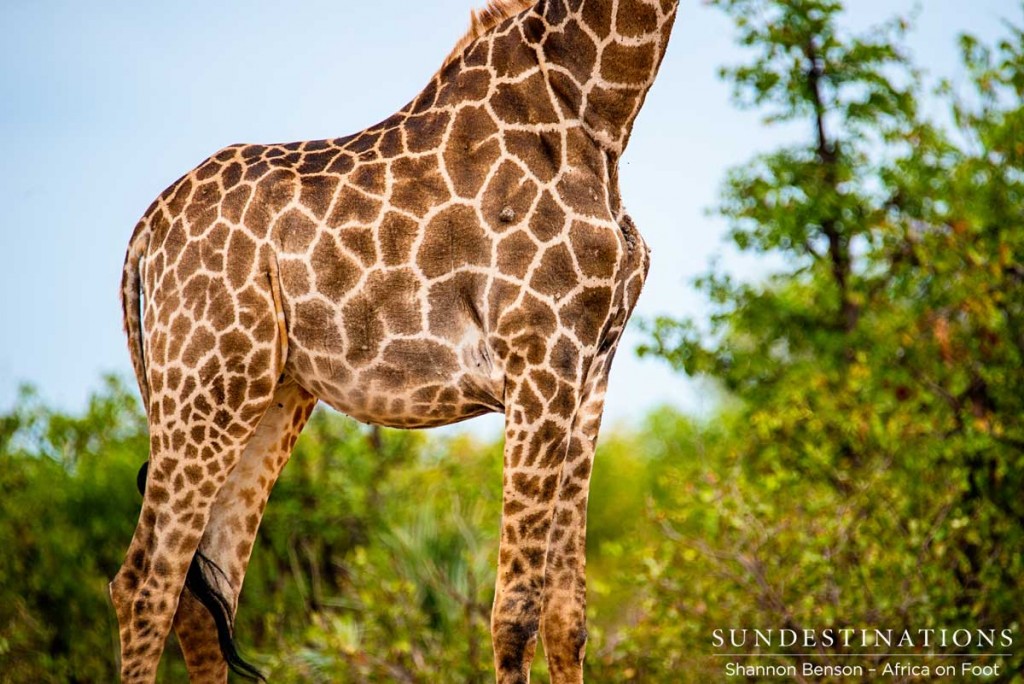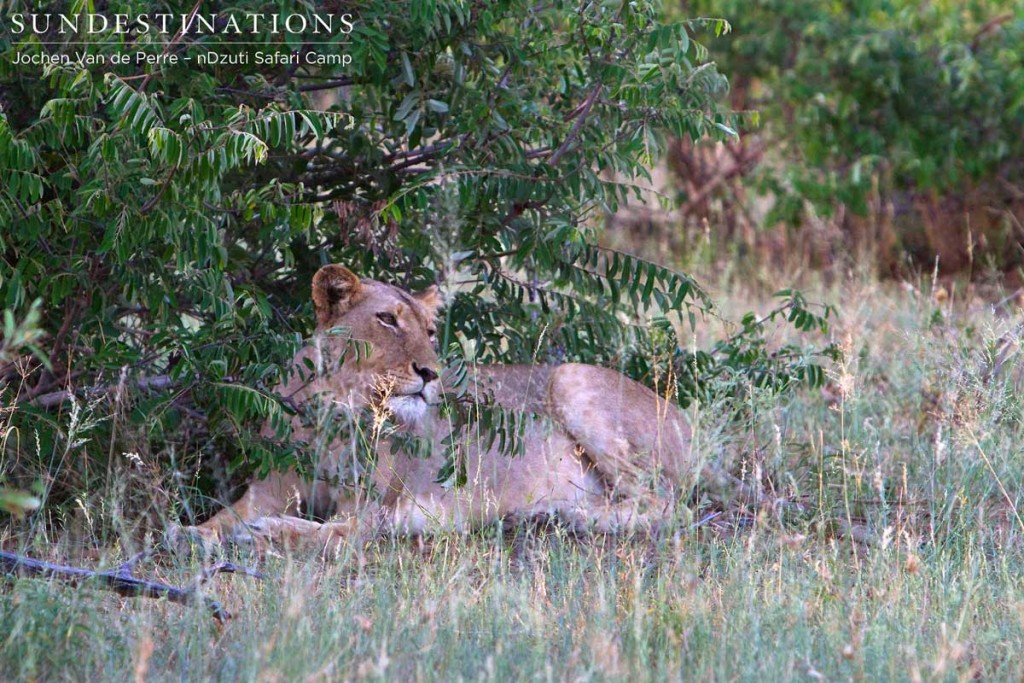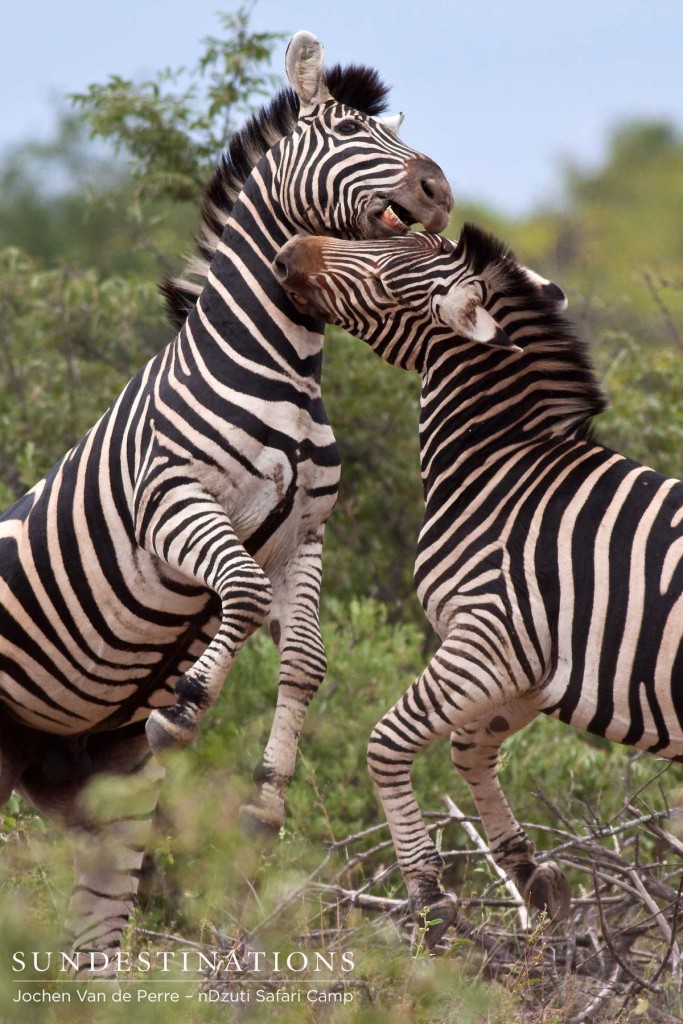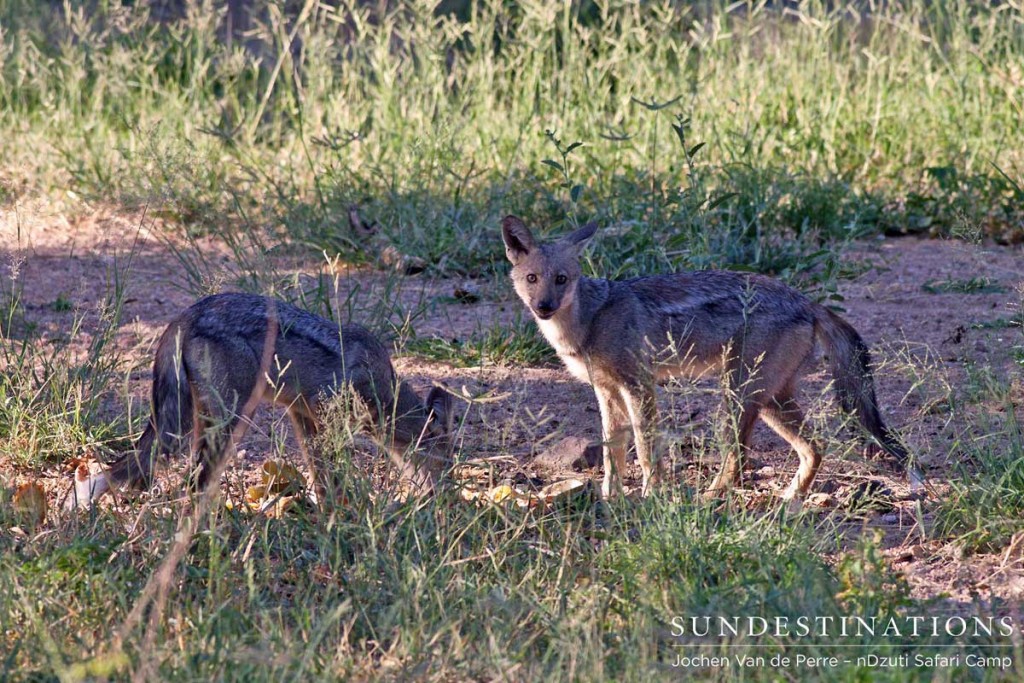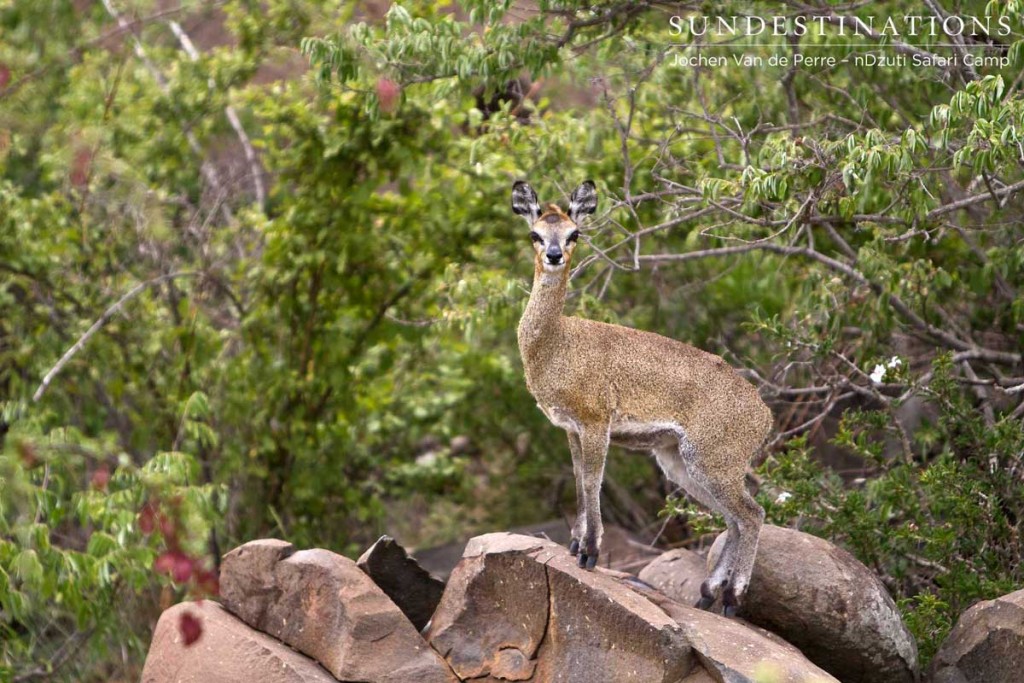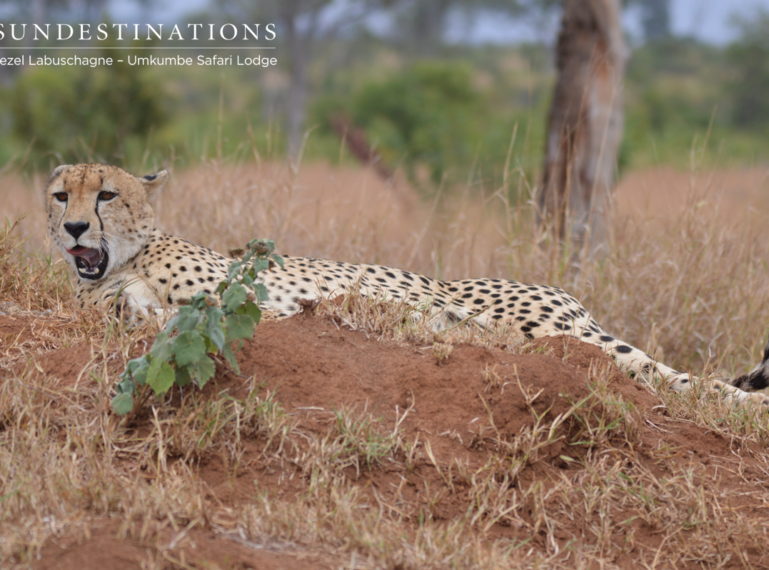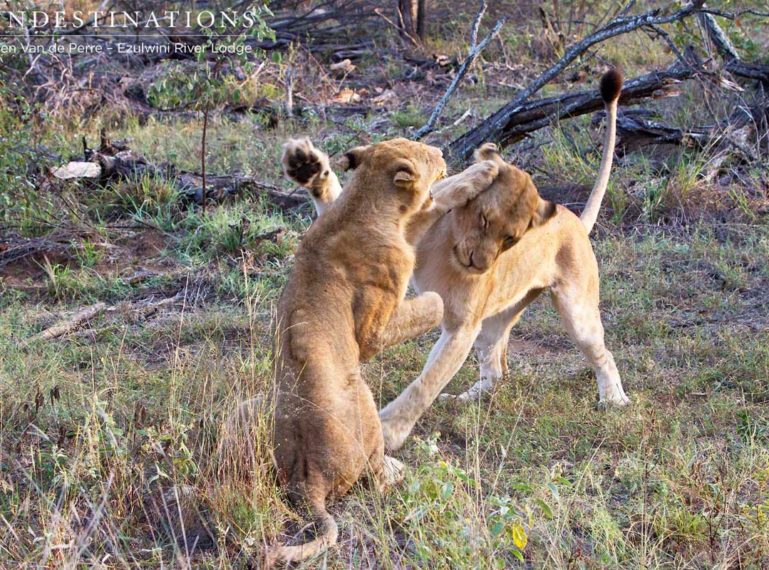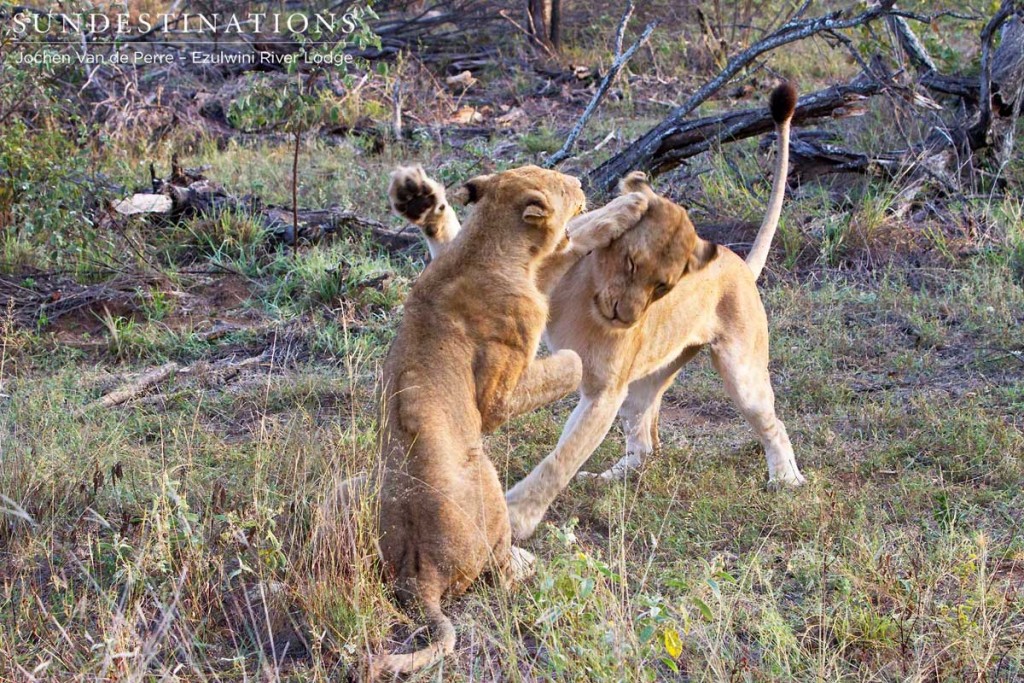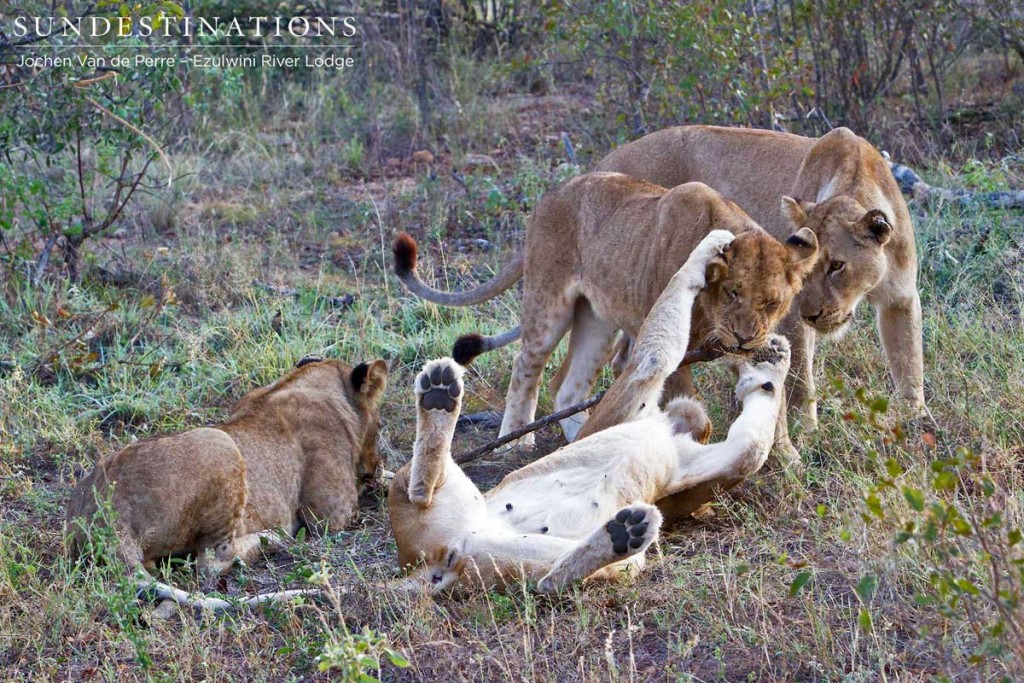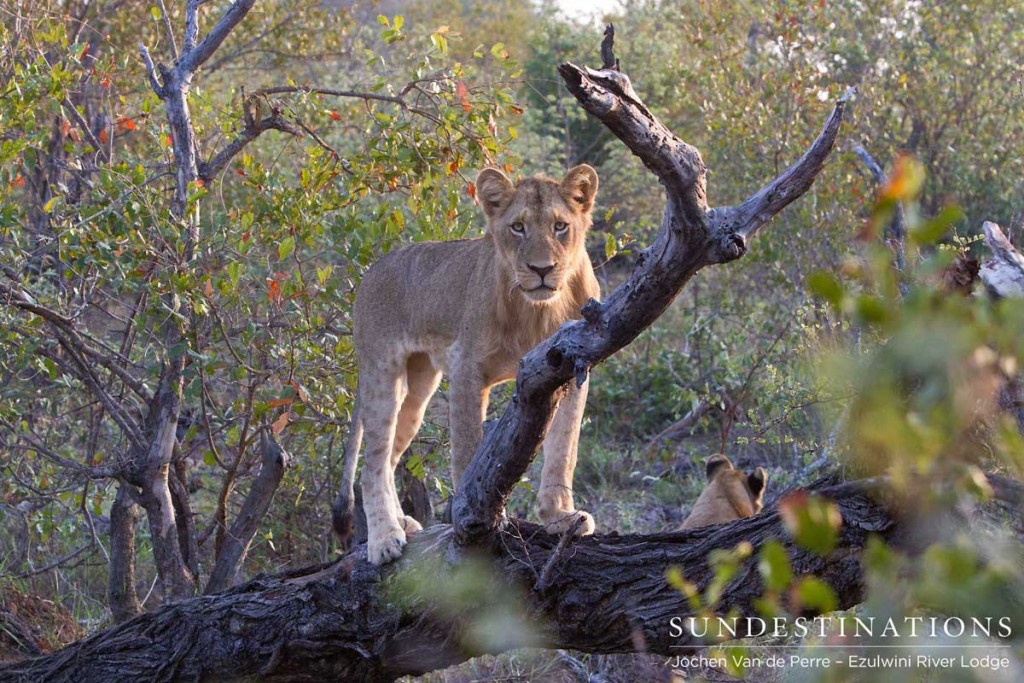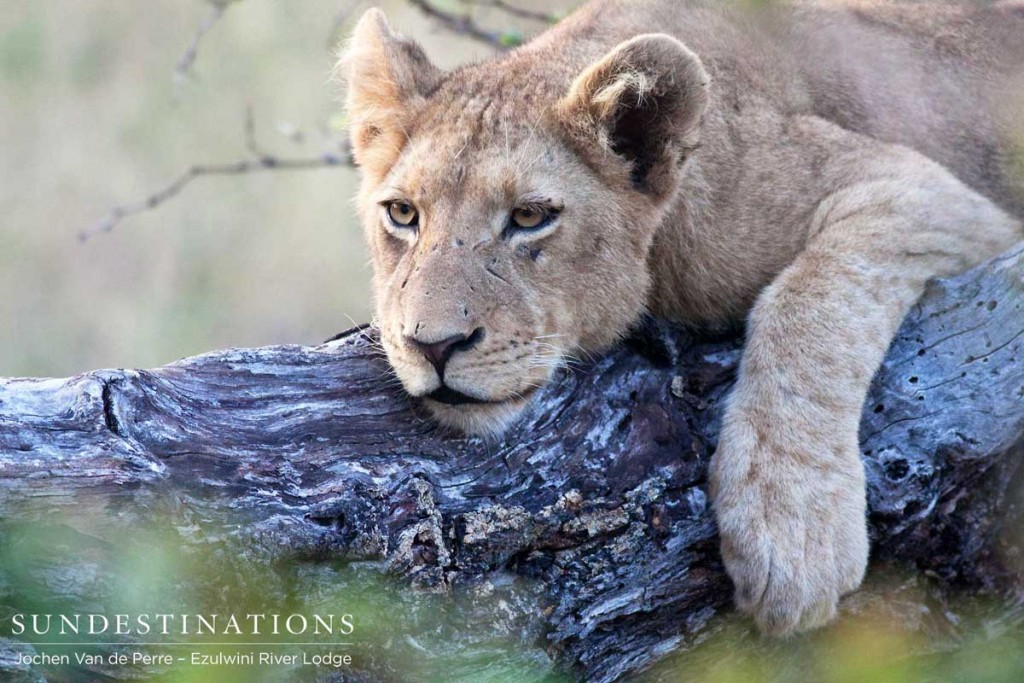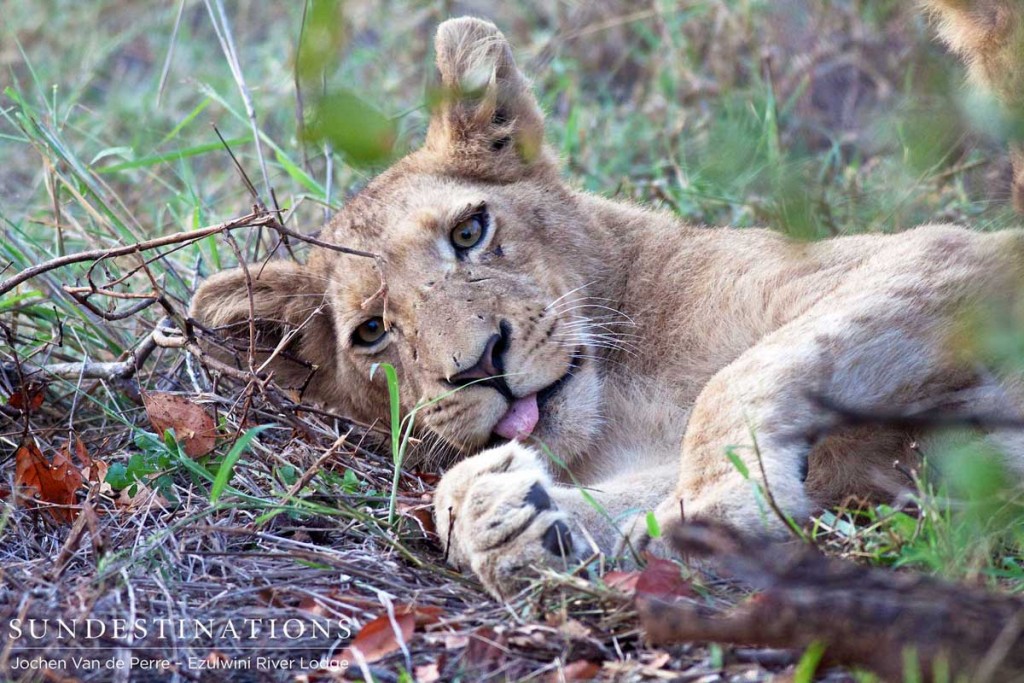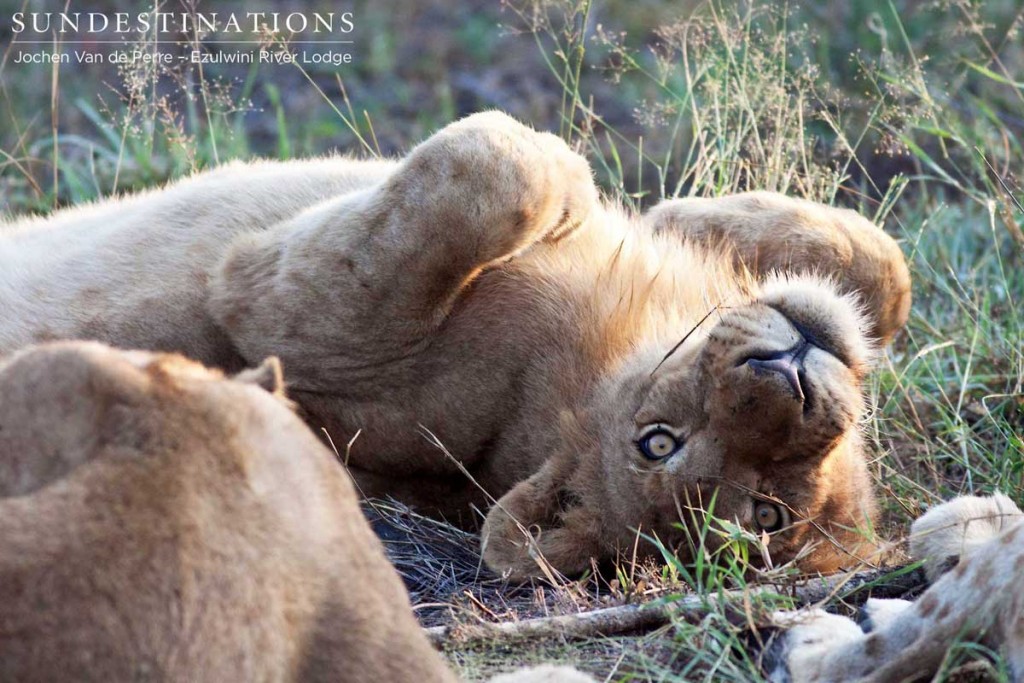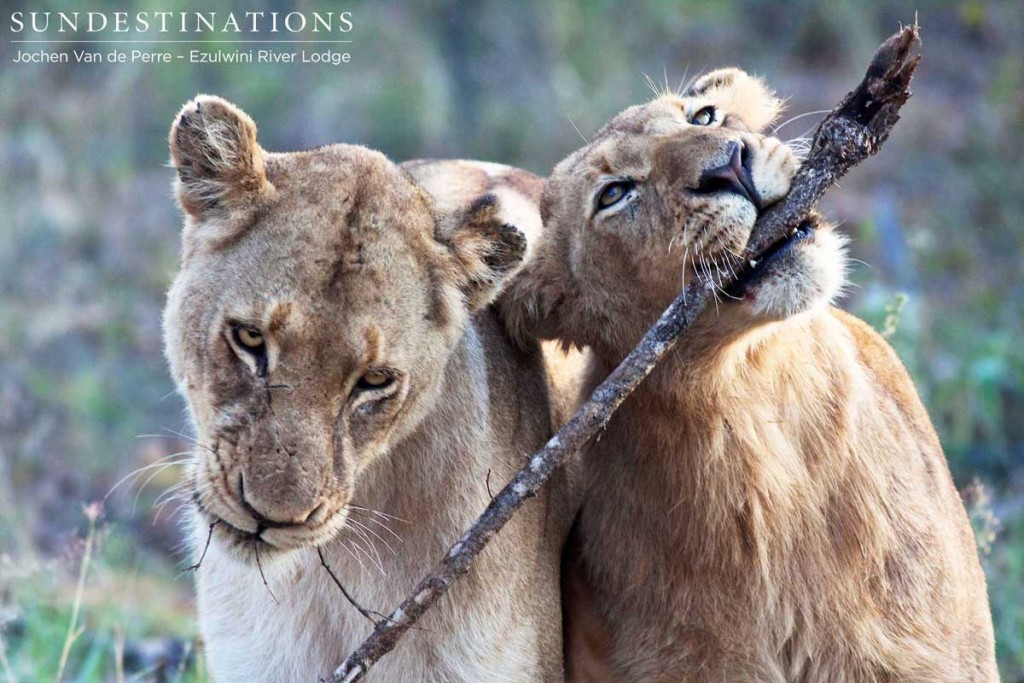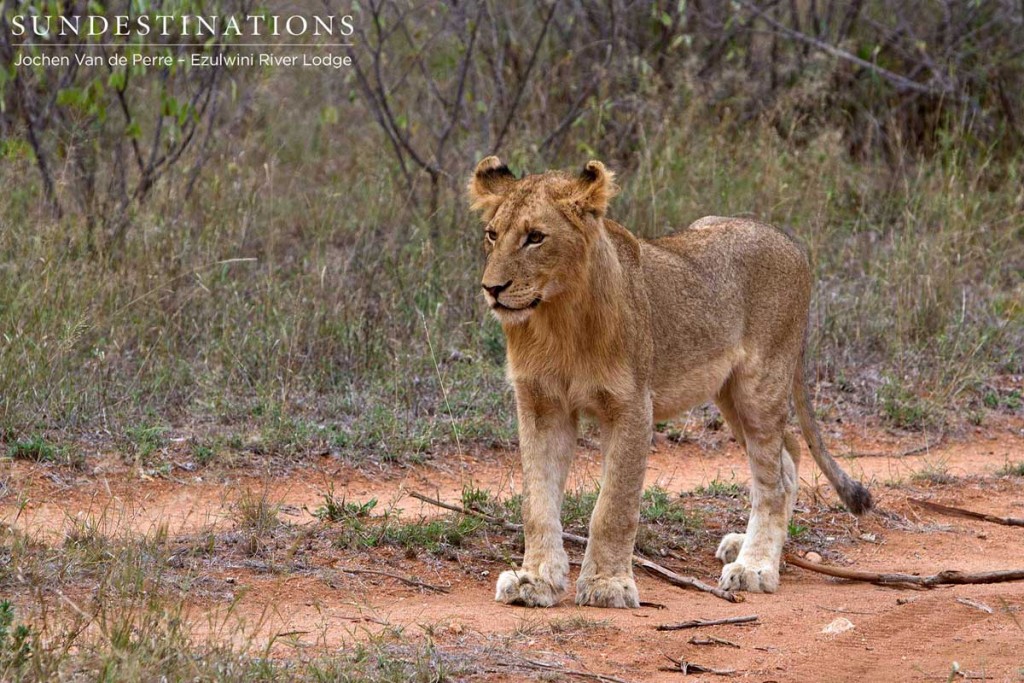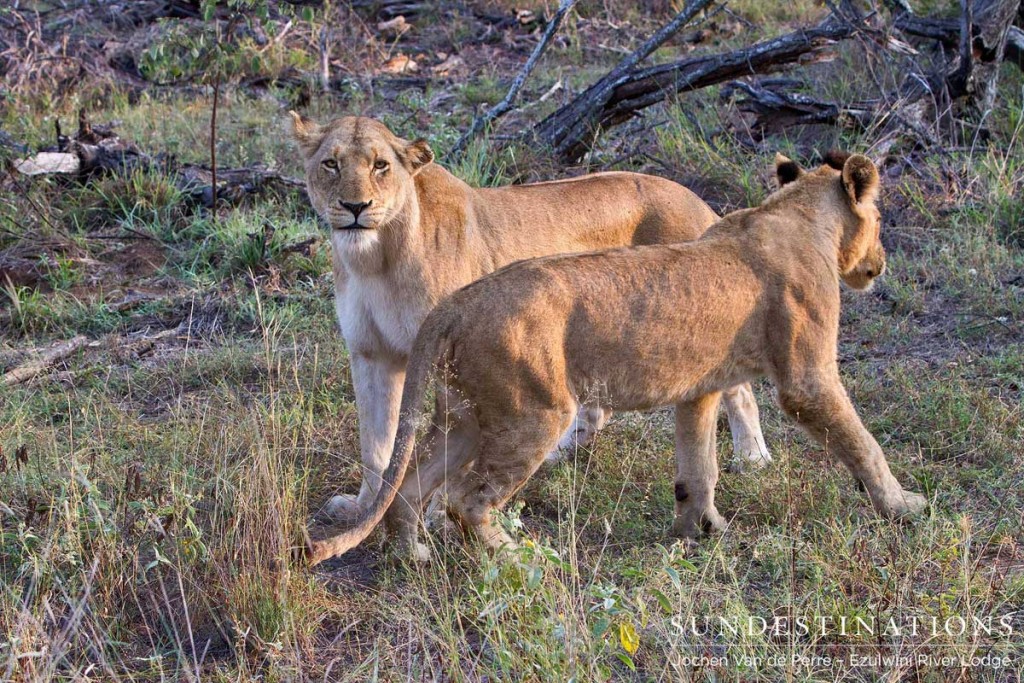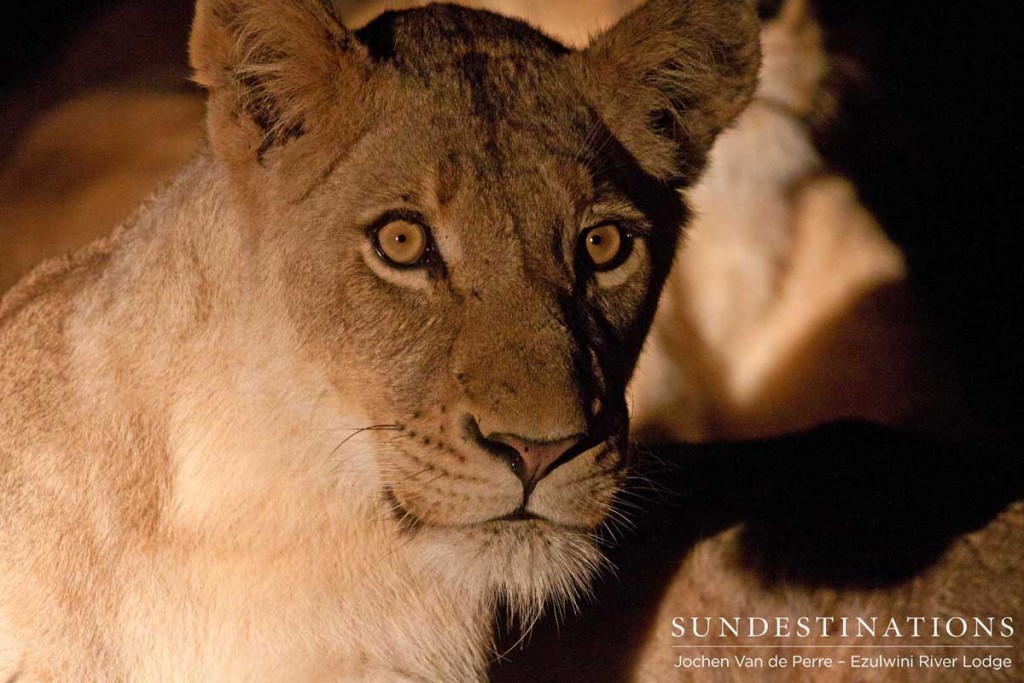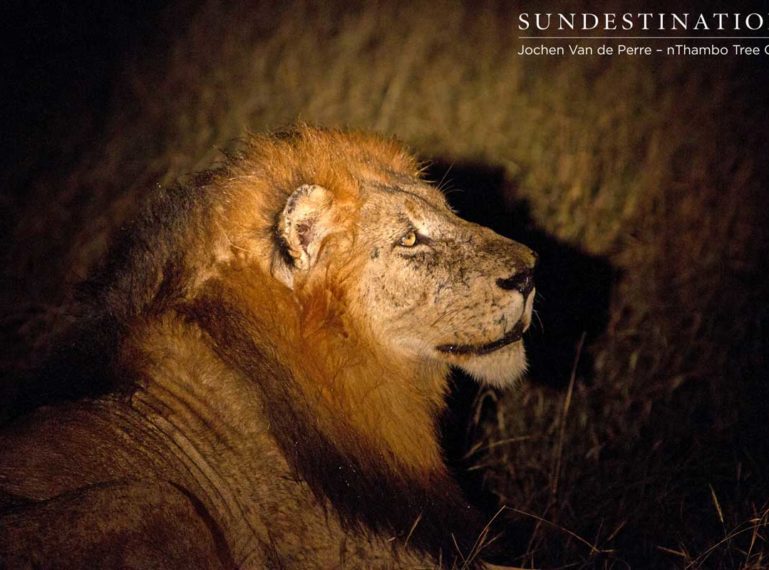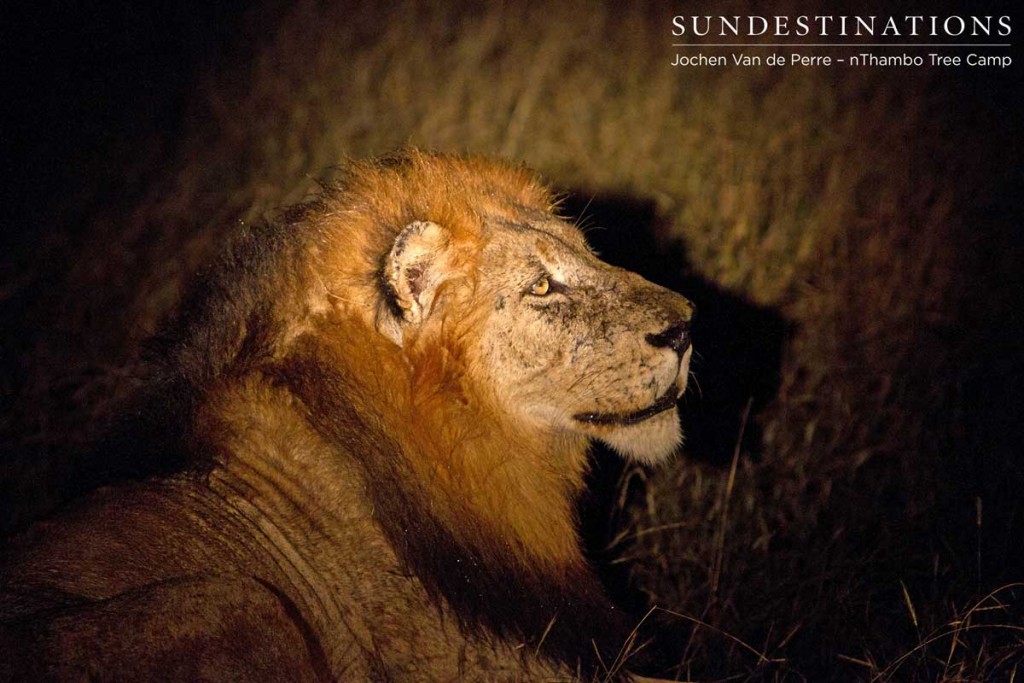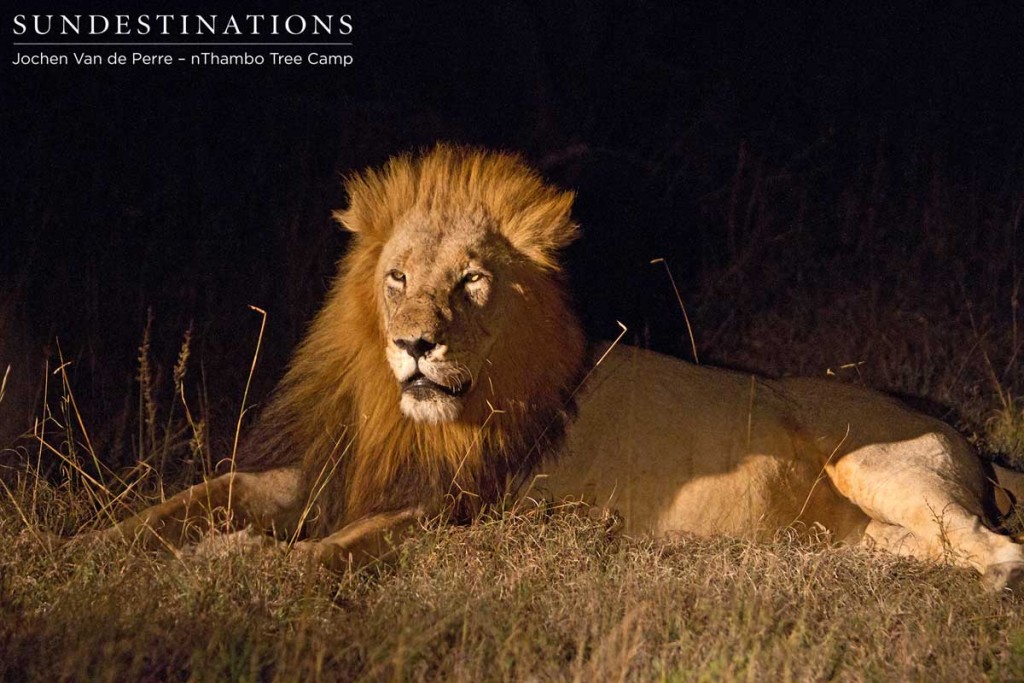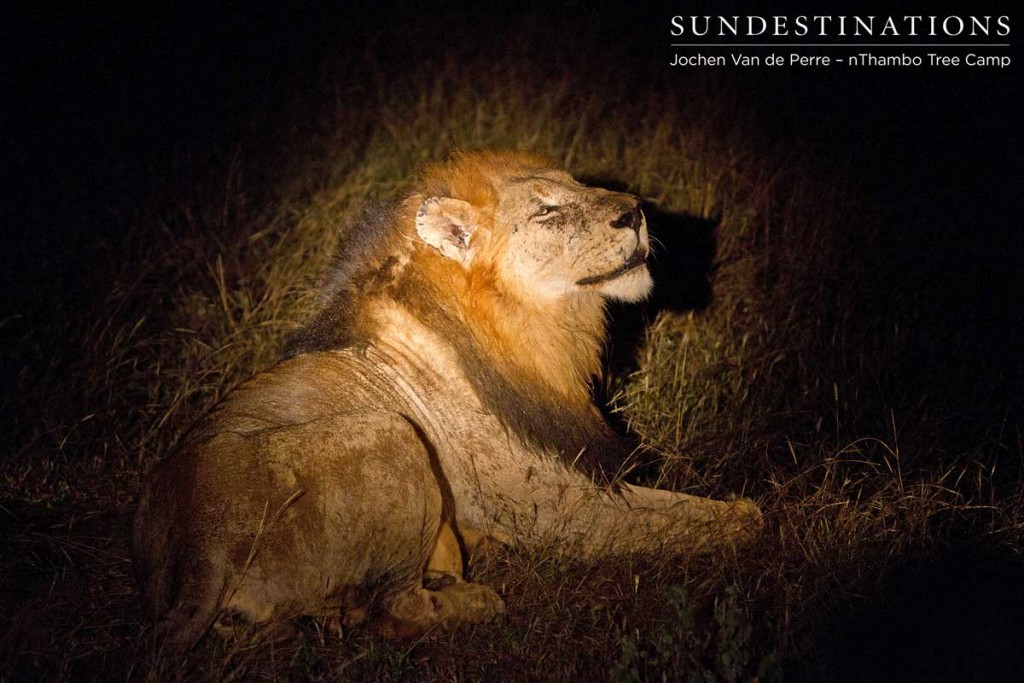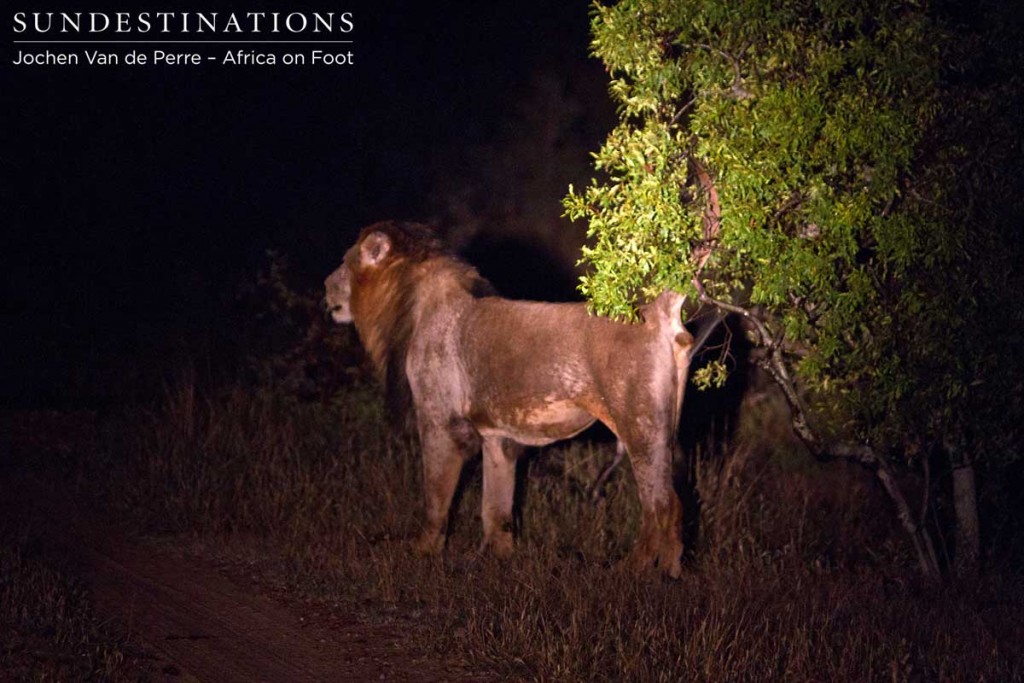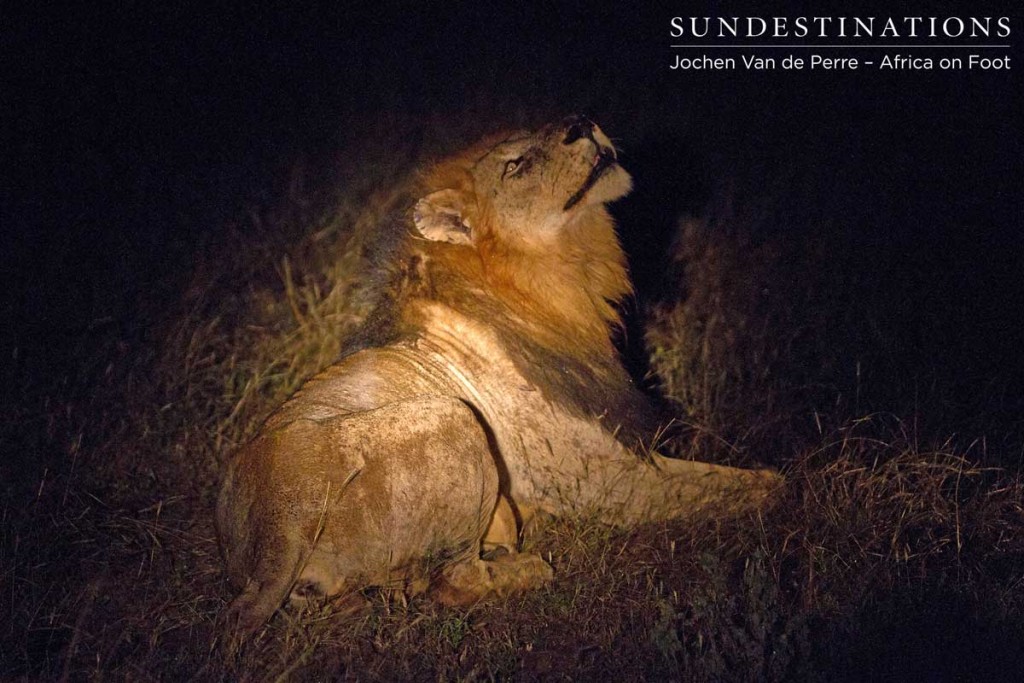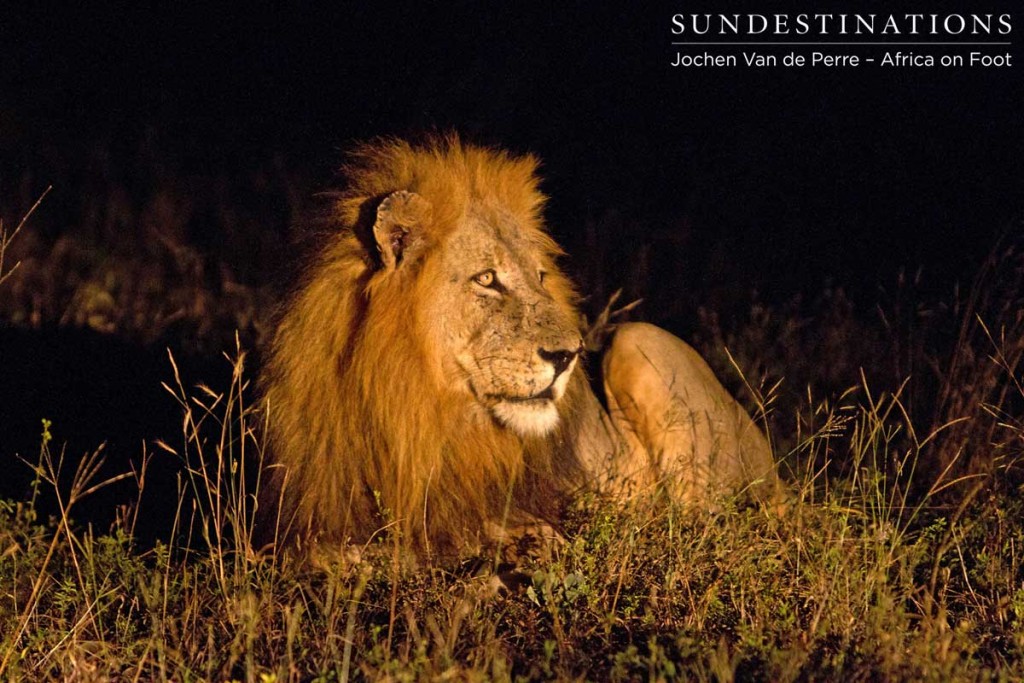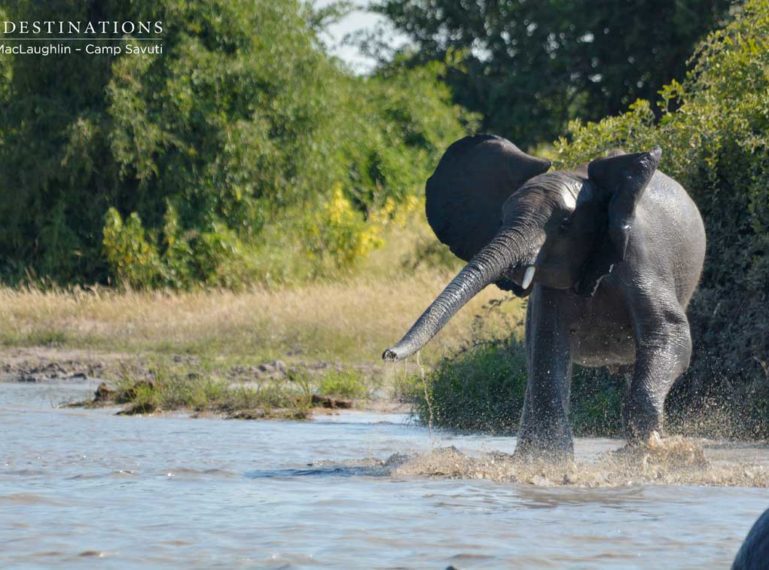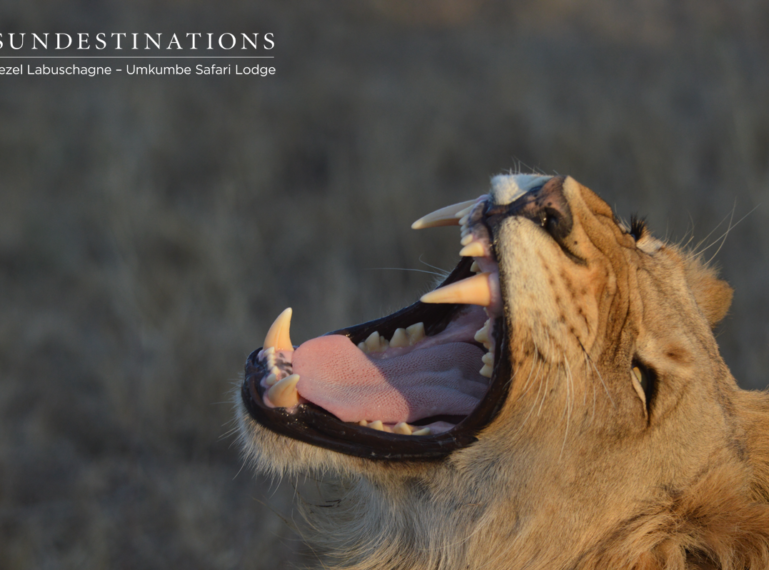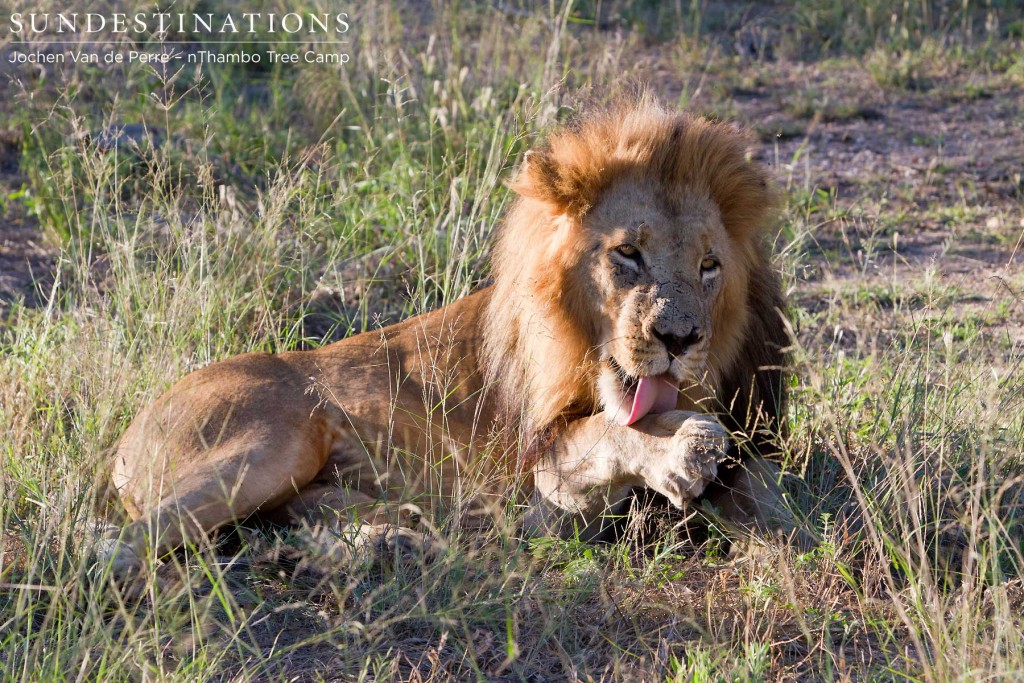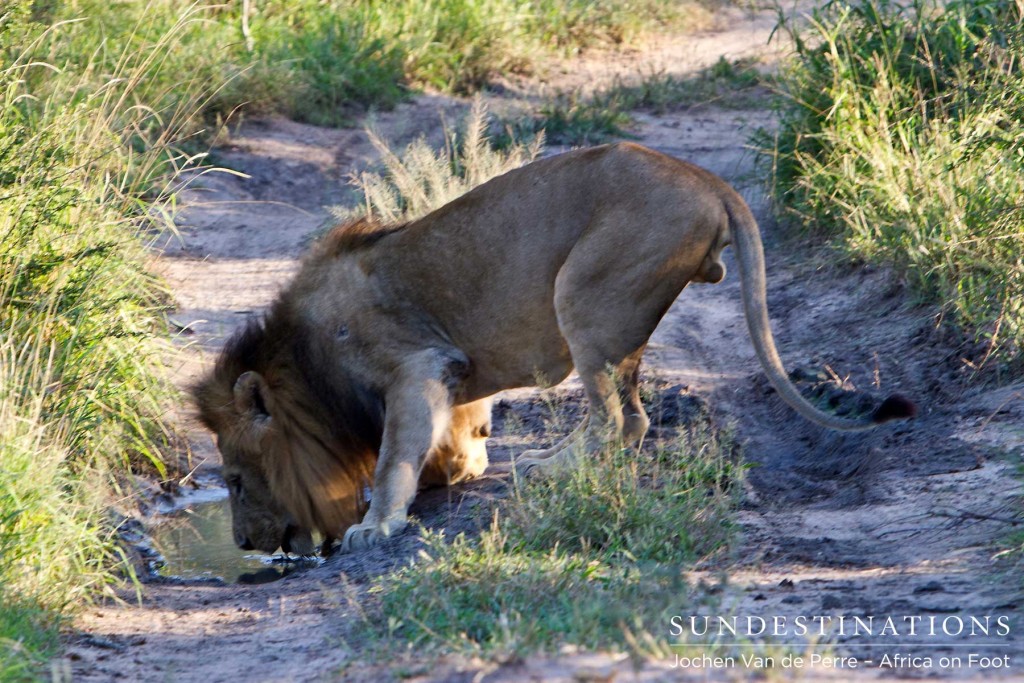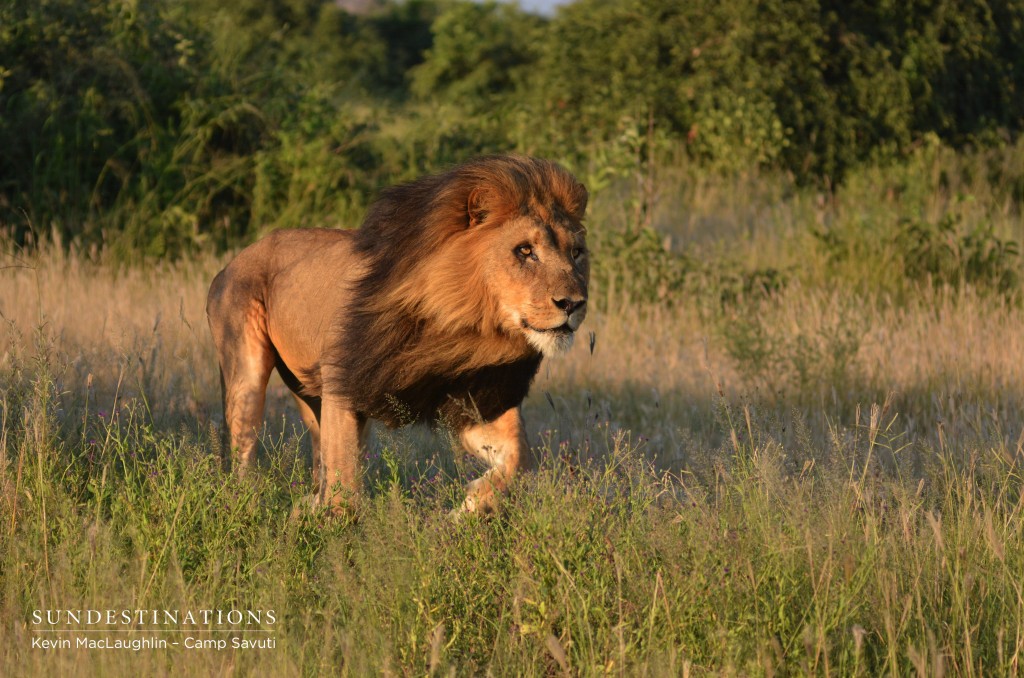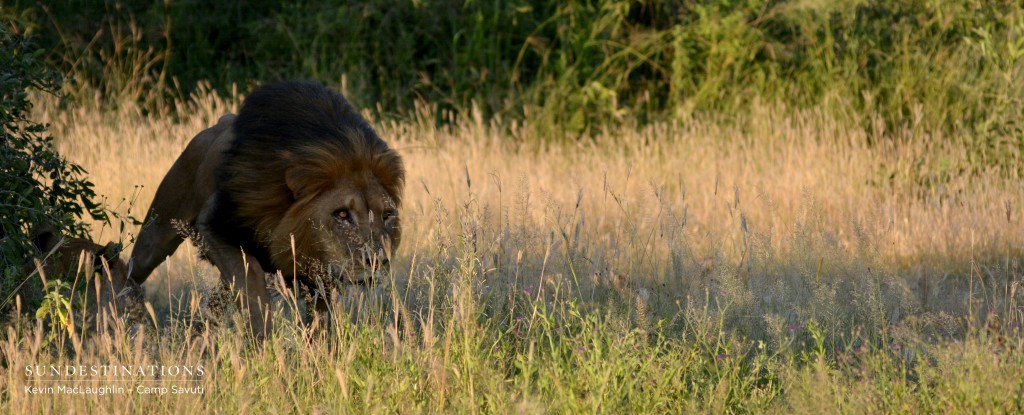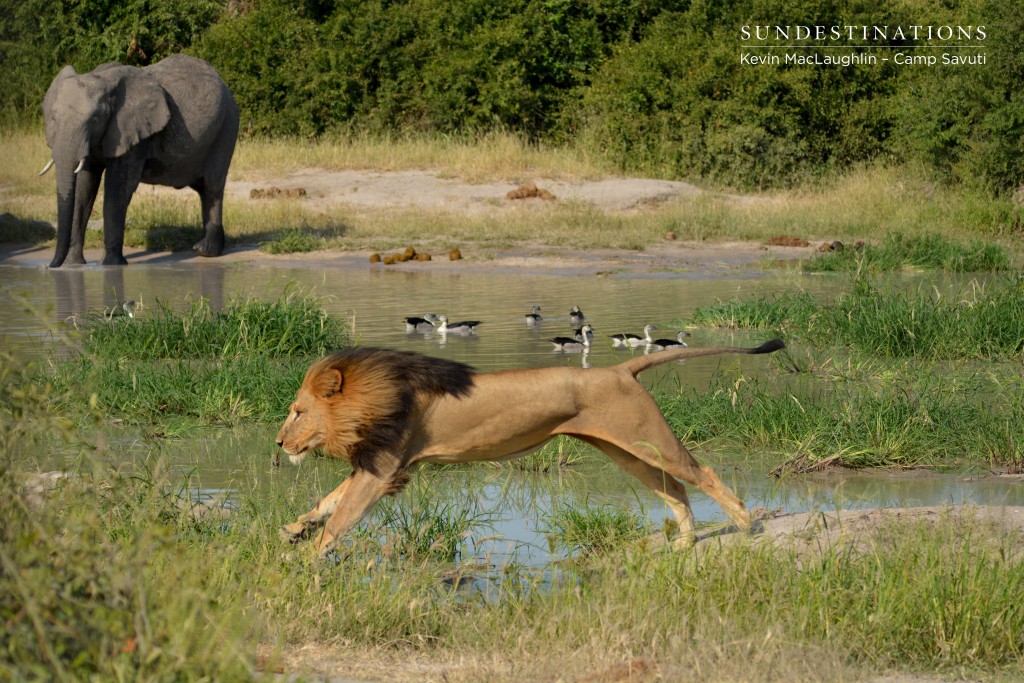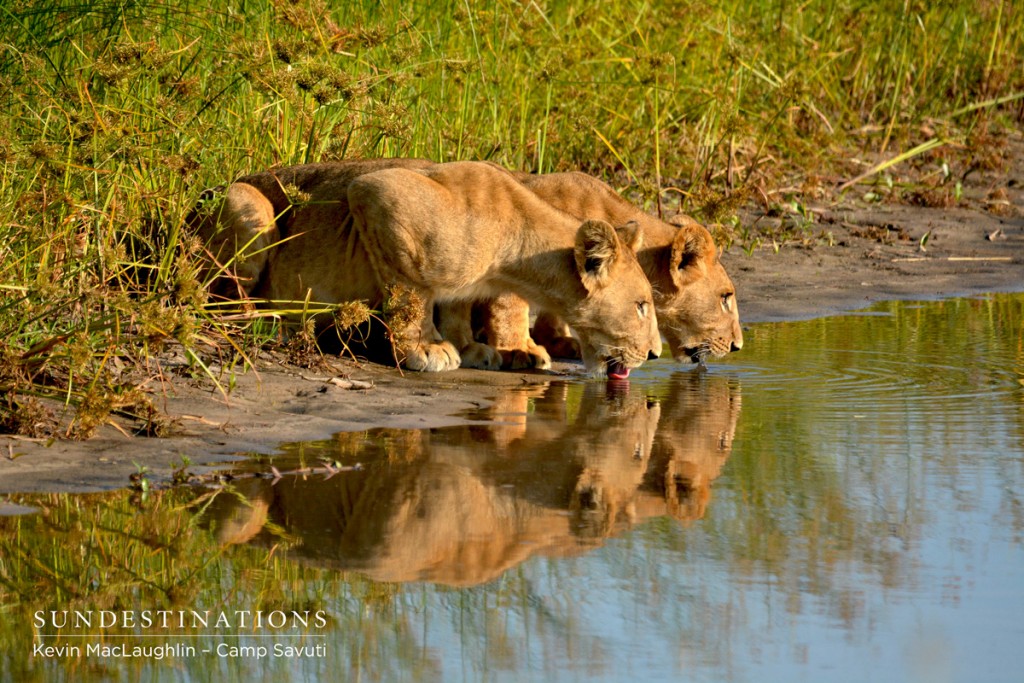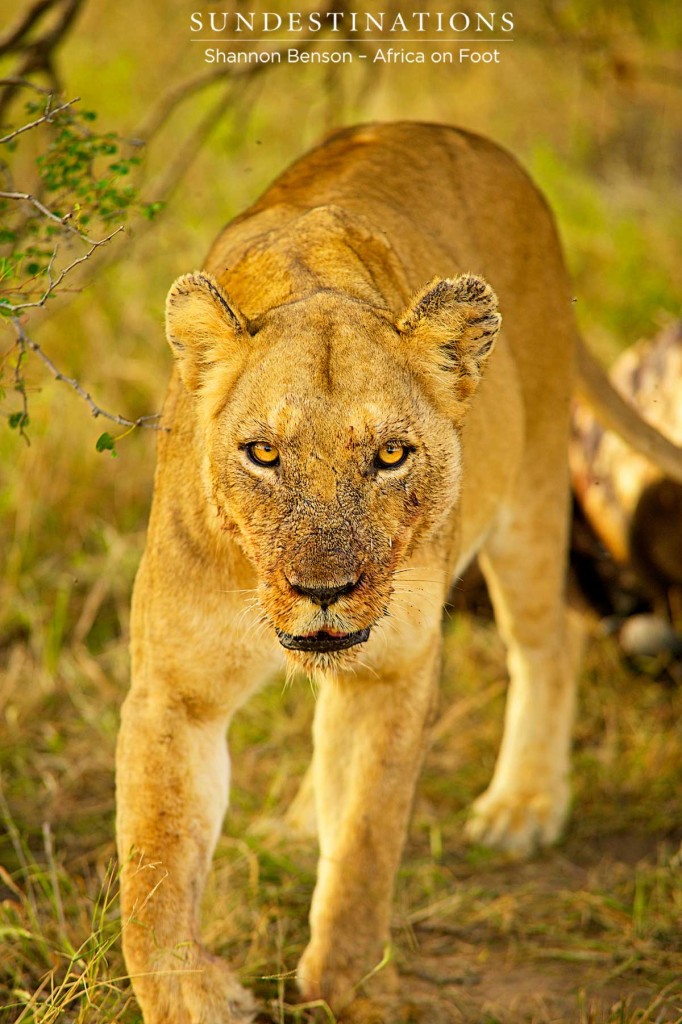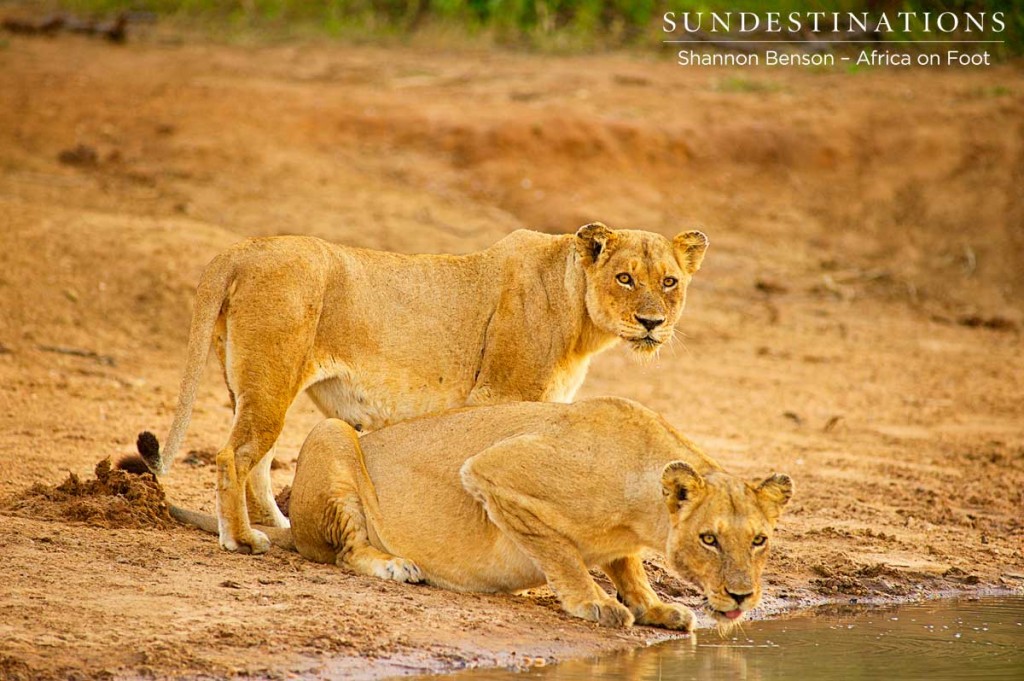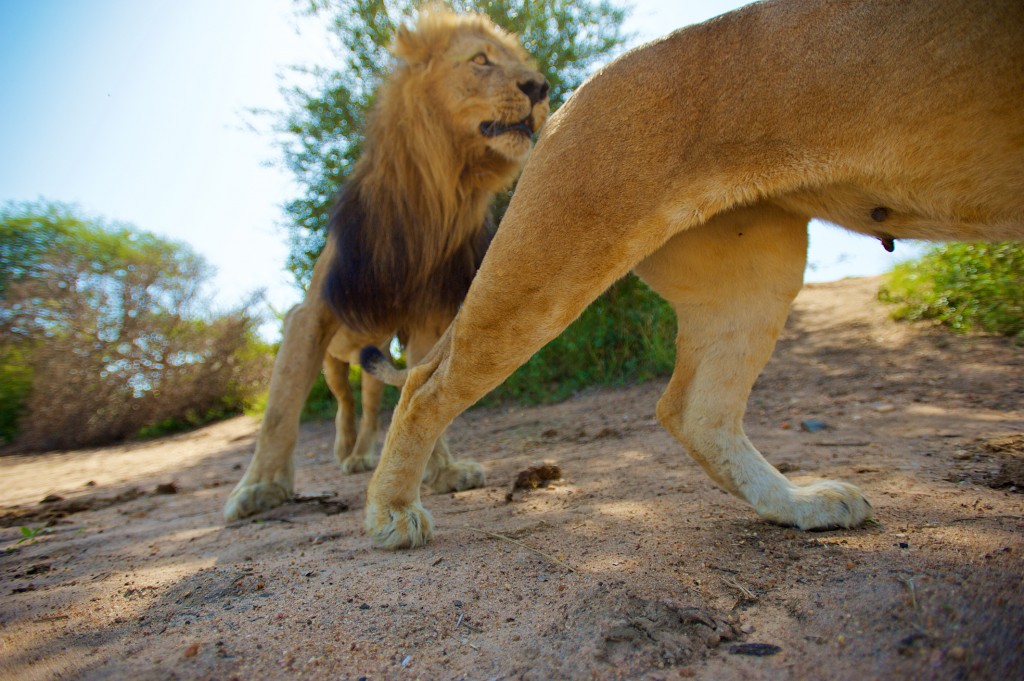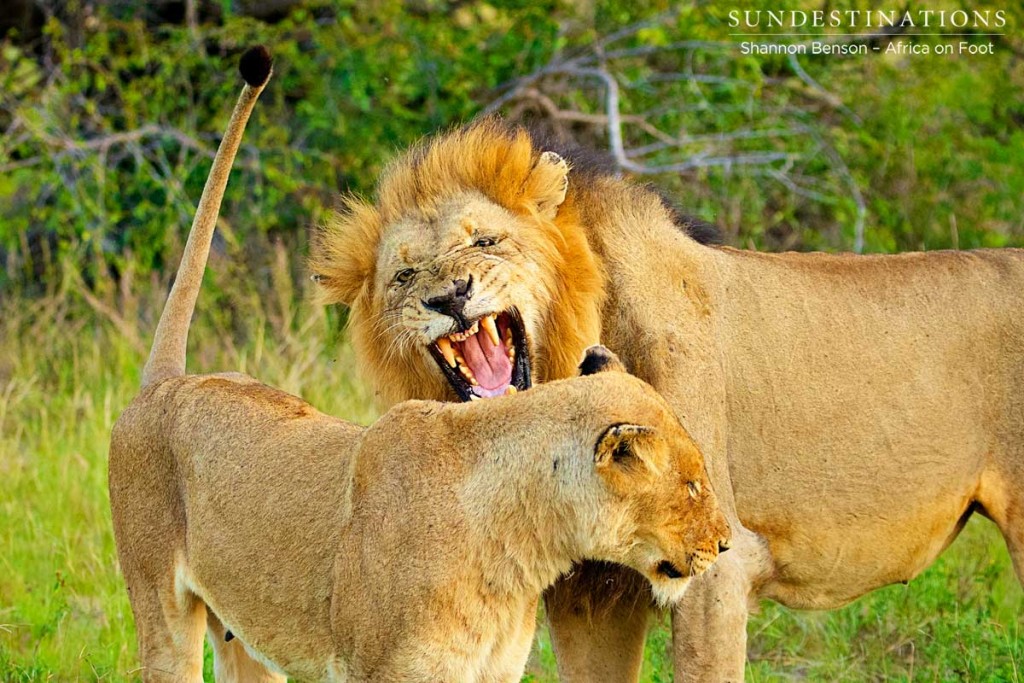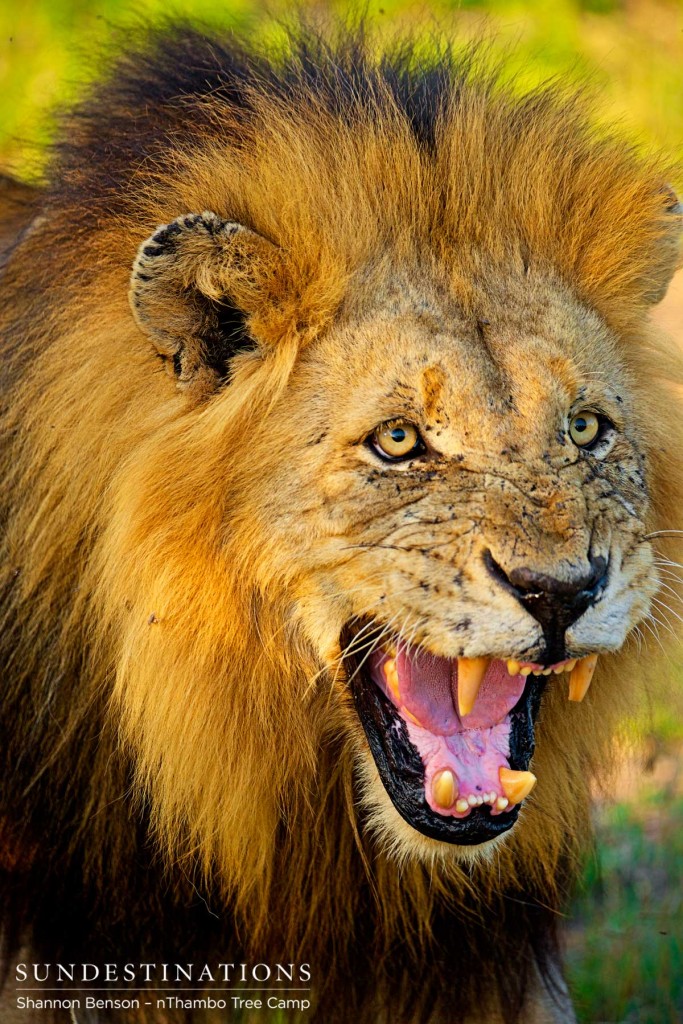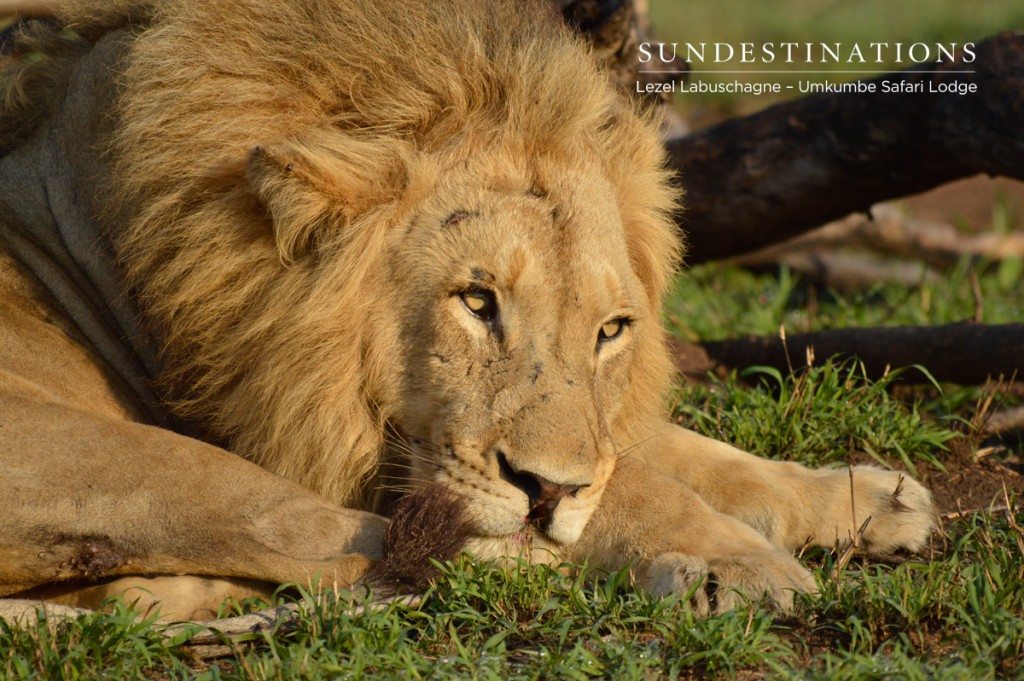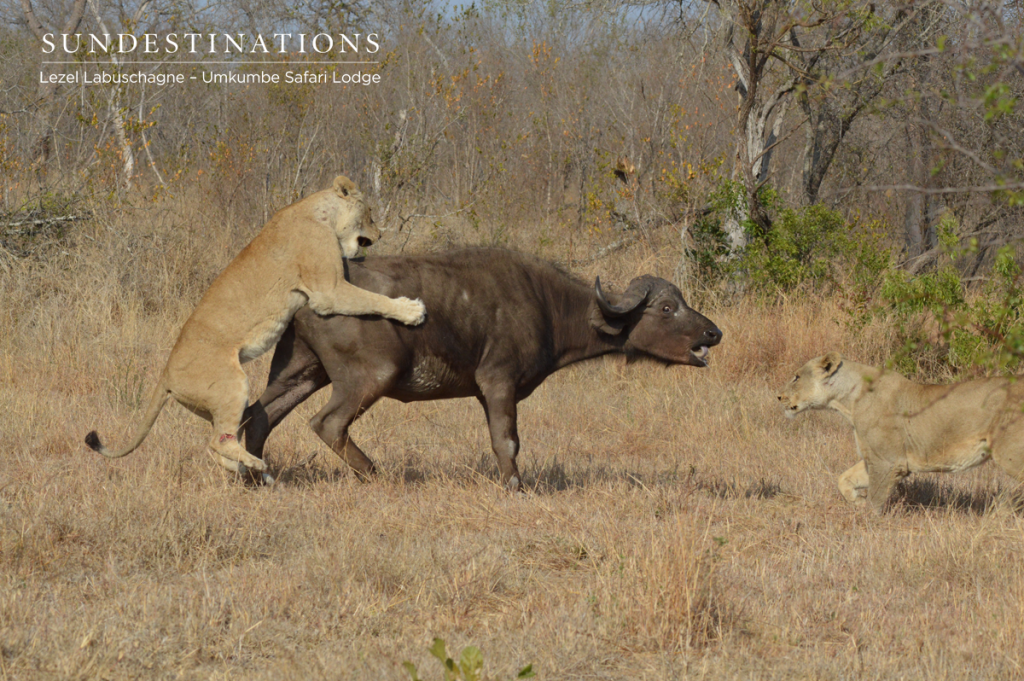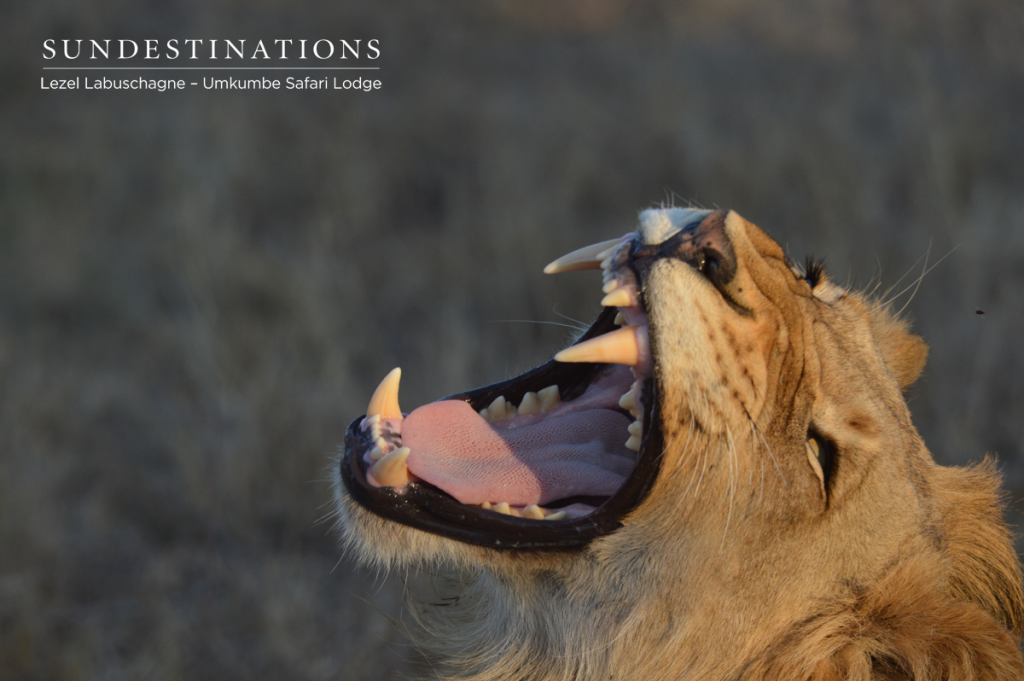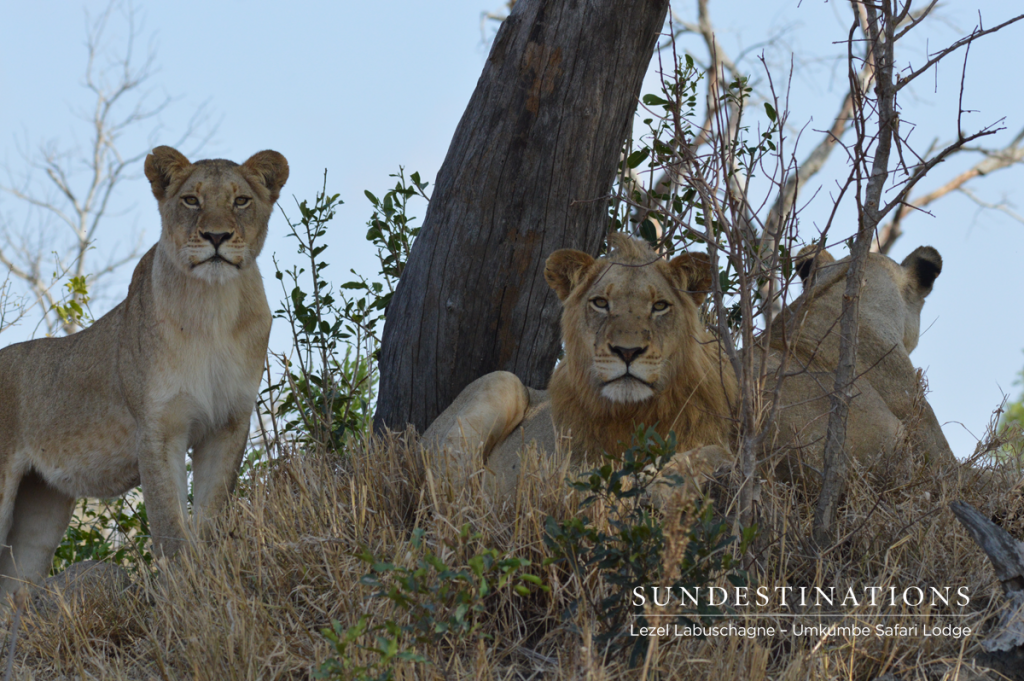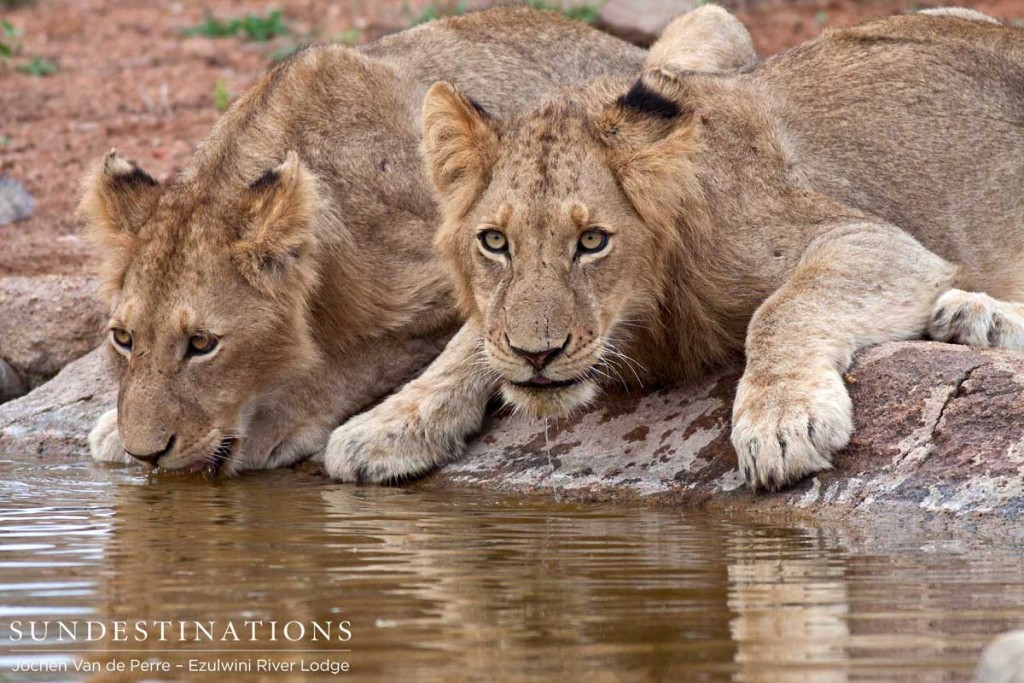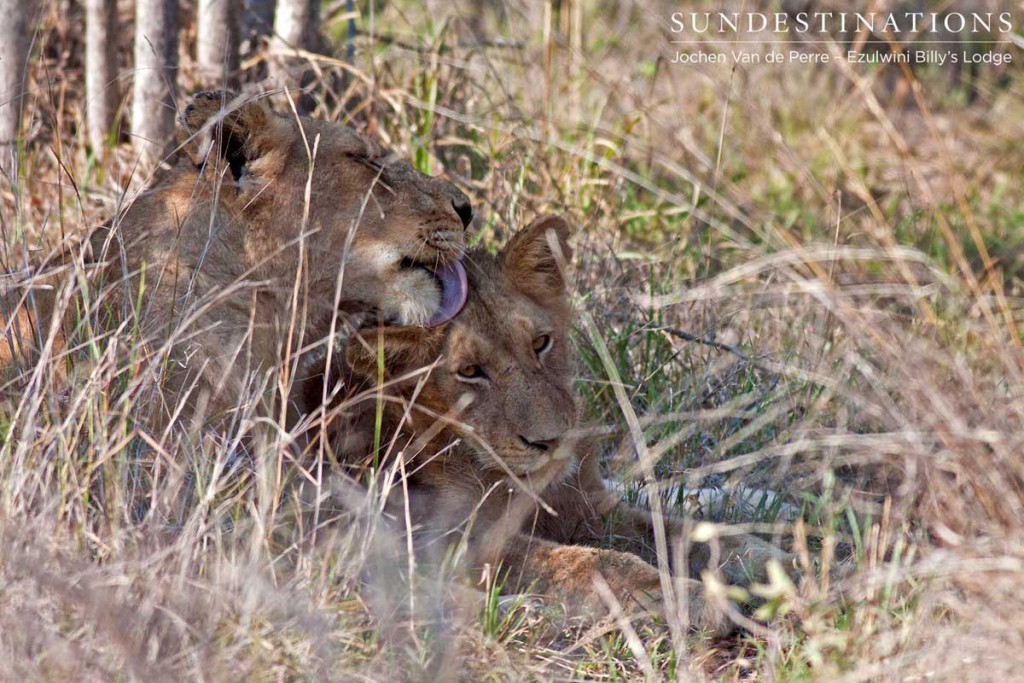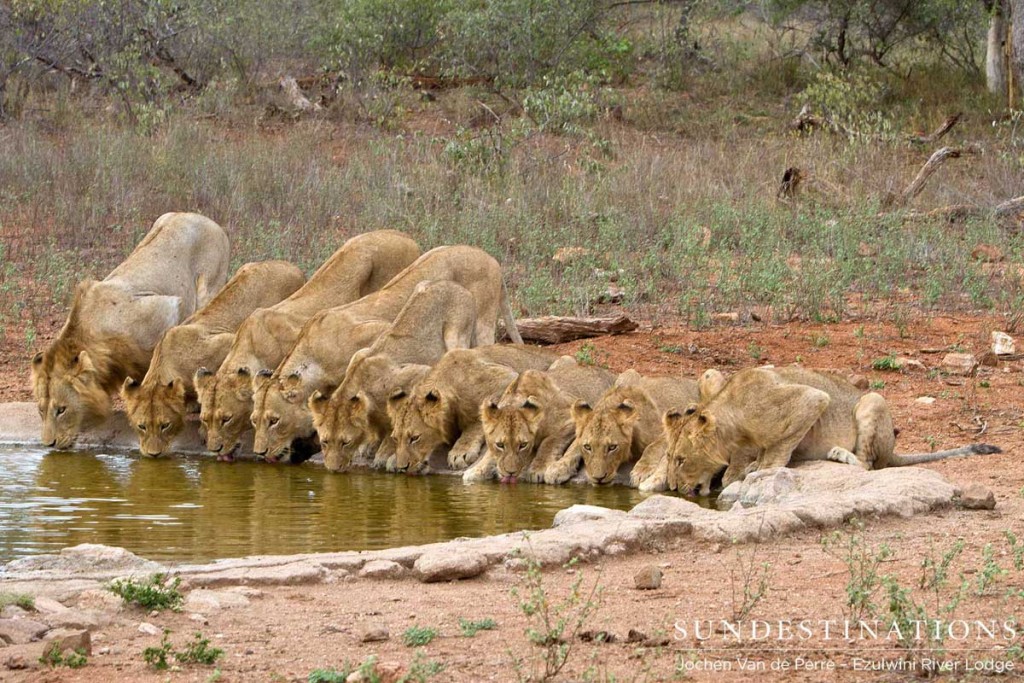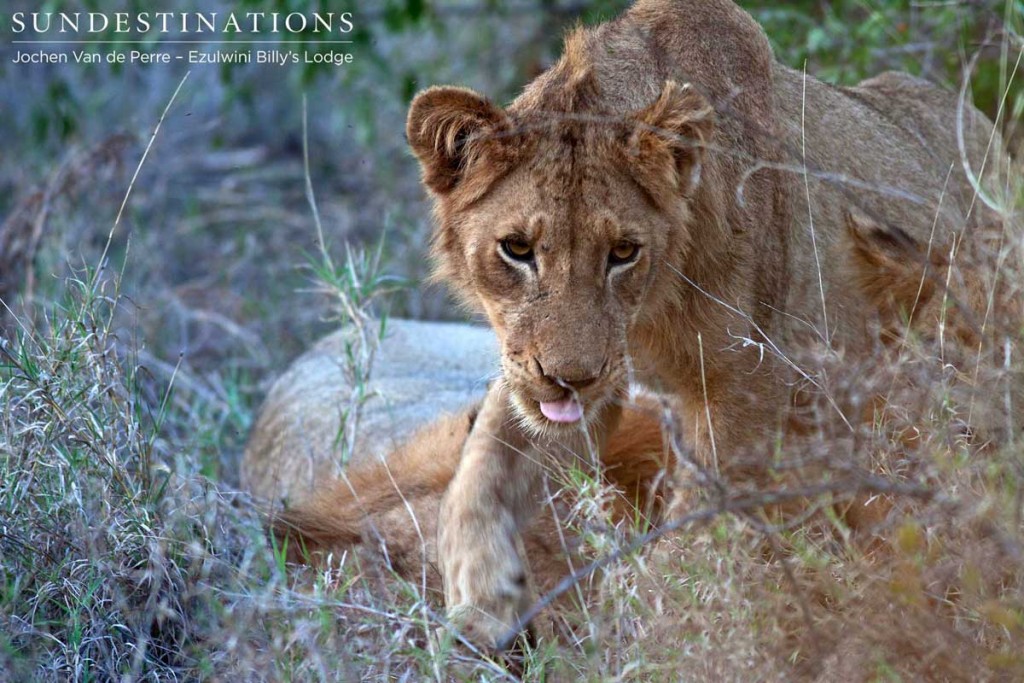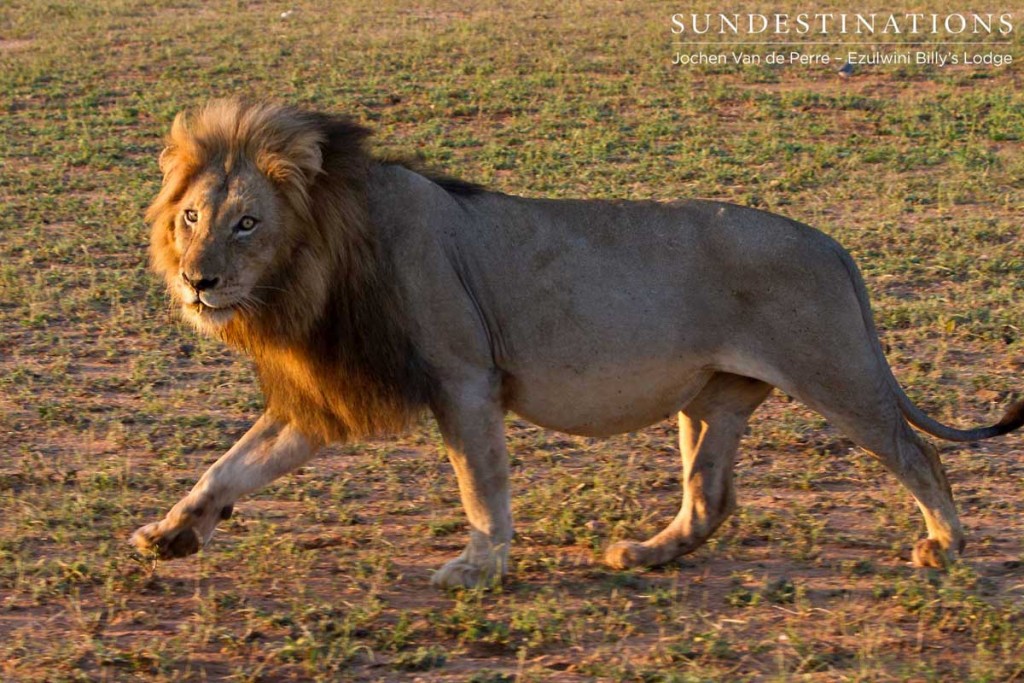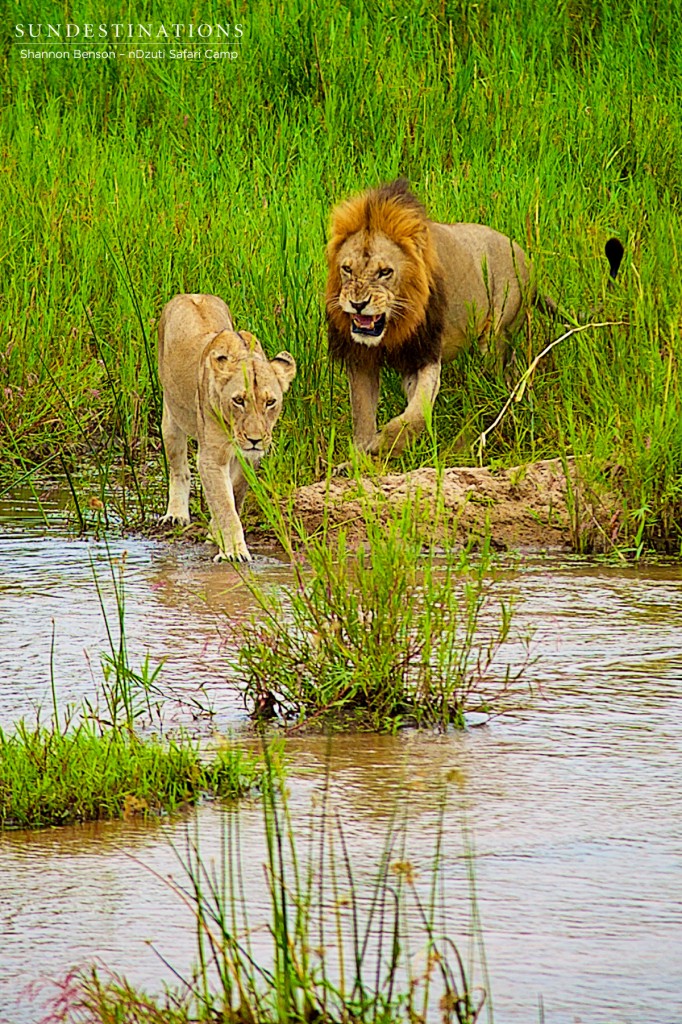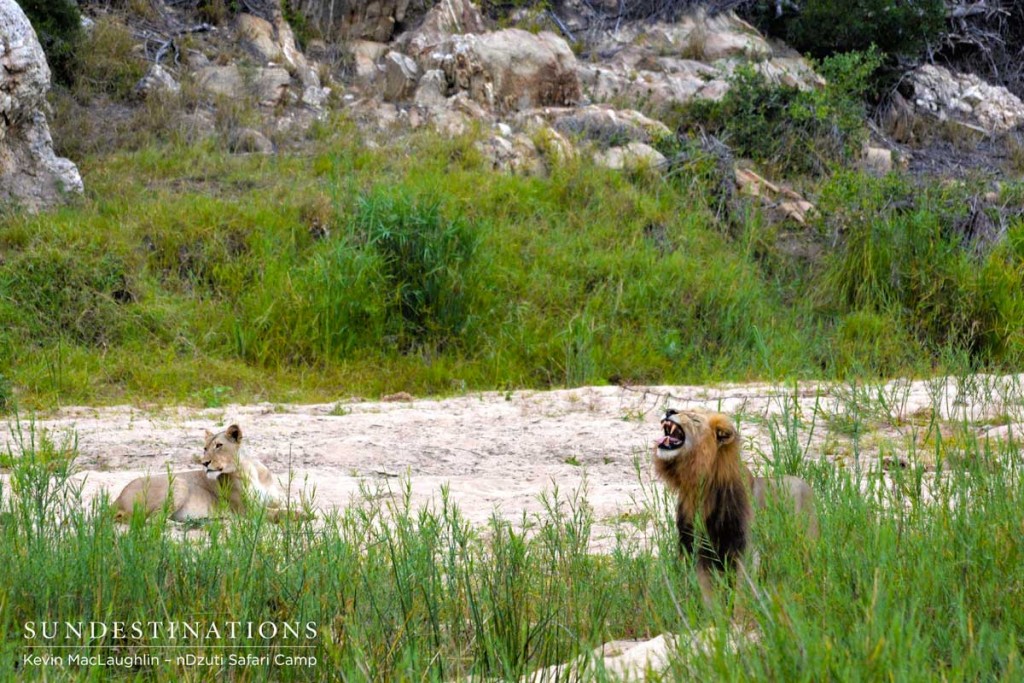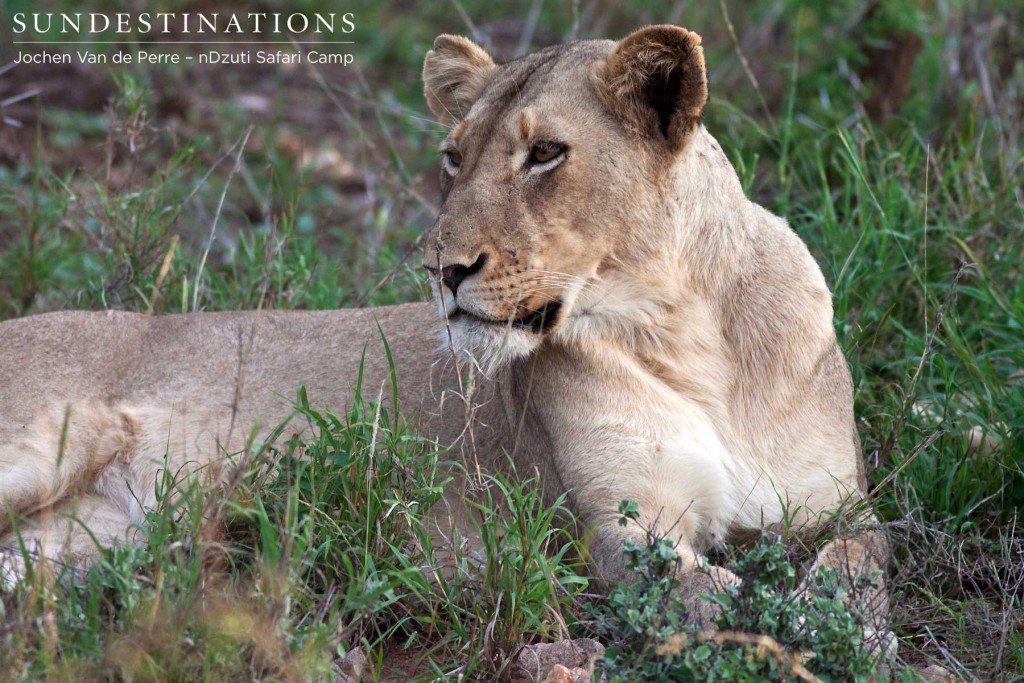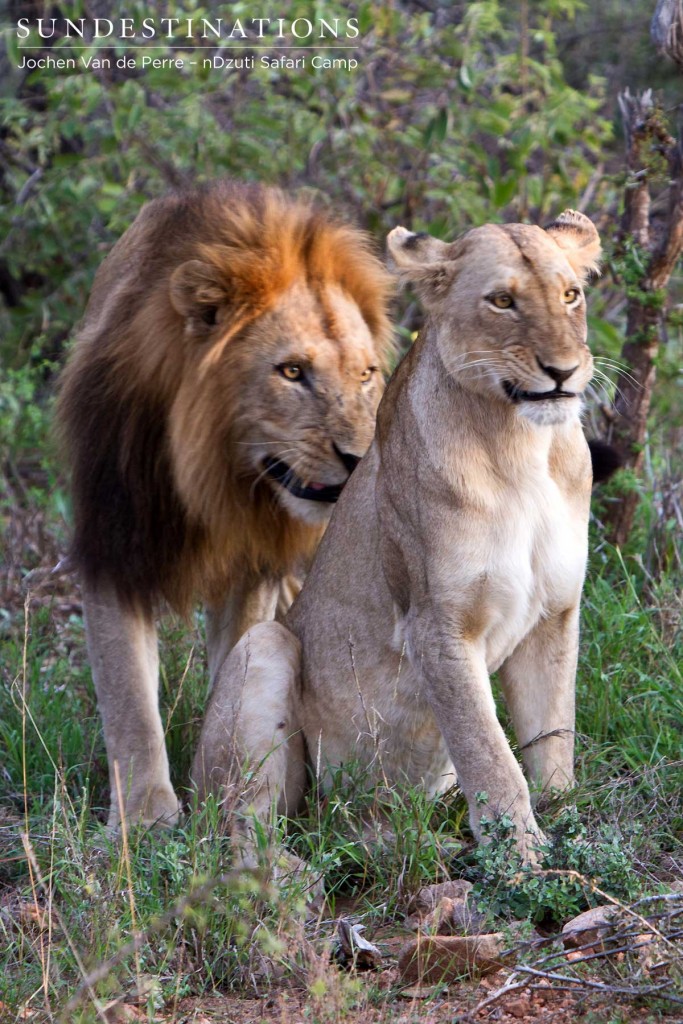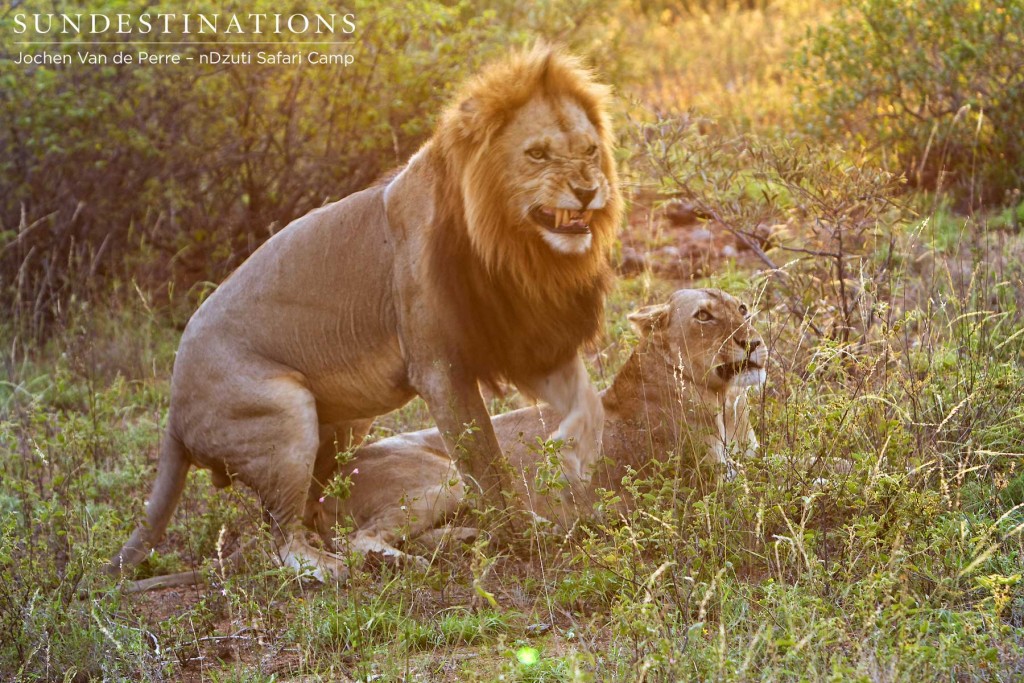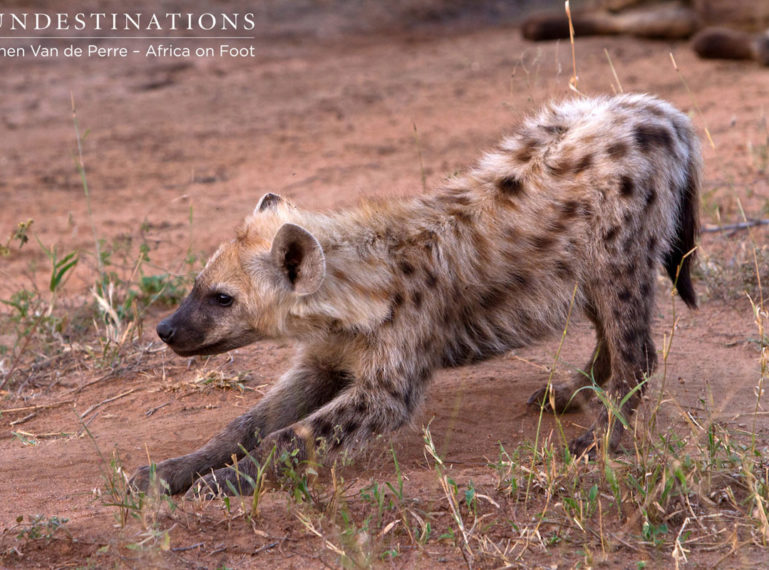
Week in Pics: A Party Pack of Big Cats, Plains Game & Juveniles
On the night of our live bush feed (#livebushfeed) safari, guests from 3 of our camps saw leopard. With reports during the week of leopard and lion sightings from far and wide, the big cats are certainly having a commanding influence on our sightings. Nothing wrong with that ! Plains game, such as impala, giraffe and wildebeest are never far from sight and we’ve seen an adorable abundance of juvenile wildlife.
Here are a few highlights from the week:
Umkumbe Safari Lodge rangers have experienced quite an emotional rollercoaster of time. Their dominant male leopard, Maxabeni, disappeared for over 3 weeks but miraculously re-appeared a few days ago. He looked a bit subdued and this is possibly because he was in a fight shortly before pulling the “M.I.A” act. He still managed to hunt a warthog on a neighbouring property, proving that he is still strong. The leopard antics in the Umkumbe territory have captured the attention of all and sundry. White Dam and Nottens female have both been seen around the lodge’s traverse and they appear to co-exist together. We hope these two don’t clash.
Umkumbe also saw the Sparta pride of lions in front of the lodge in the early hours of Wed morning.
Ezulwini Billy’s Lodge and River Lodge have been inundated with lion sightings. This week, Duma (the king of the original Olifants West pride of lions) and his lionesses were spotted close to Billy’s lodge waterhole.
The Leadwood female leopard made a kill in a rocky area south west of camp. Due to the abundance of water at both camps, we have also seen buffalo, elephant and hippo sightings.
nDzuti Safari Camp have had no shortage of plains game this week. A highlight was the presence of a pair of giraffe on the reserve. Naturally, we assumed this was a mother and her calf. But how wrong we were ! It was actually a young bull and old bull together.
In terms of lions, we have yet to see the River pride female and the male who took down the previous leader of the River pride. They were making their presence known for quite sometime – we suspect we’ll see them again next week. With Bruce’s outstanding tracking skills, we have little doubt he will uncover the mystery of these two lions.
There seems to be excitement in the air at nThambo Tree Camp and Africa on Foot. Kevin reported that one of the breakaway Ross Pride female lions might have cubs. She keeps moving between what appears to be a den site. Is this an indication that the cubs are still alive? We hope so! Guests were lucky enough to see a clan of hyena and cubs frolicking in water-logged potholes. Then of course, a leopard made an appearance on Wed night, delighting guests and rangers.
Yet again, the Klaserie is thriving with big and small wildlife sightings. We had a great photographic capture of a kori bustard, Africa’s largest and heaviest flying bird.
And that’s a wrap ! Hope you enjoyed the week in pictures.

























